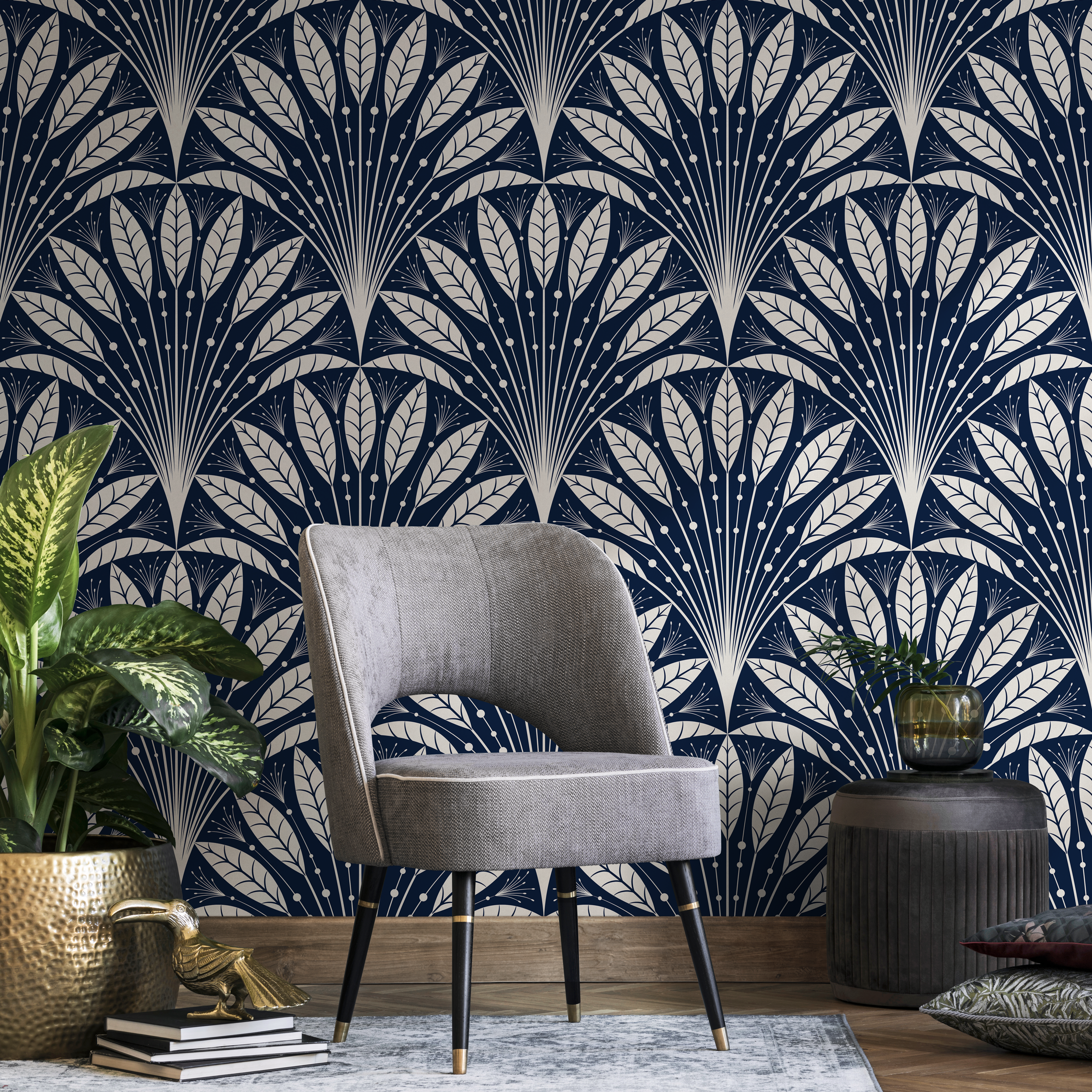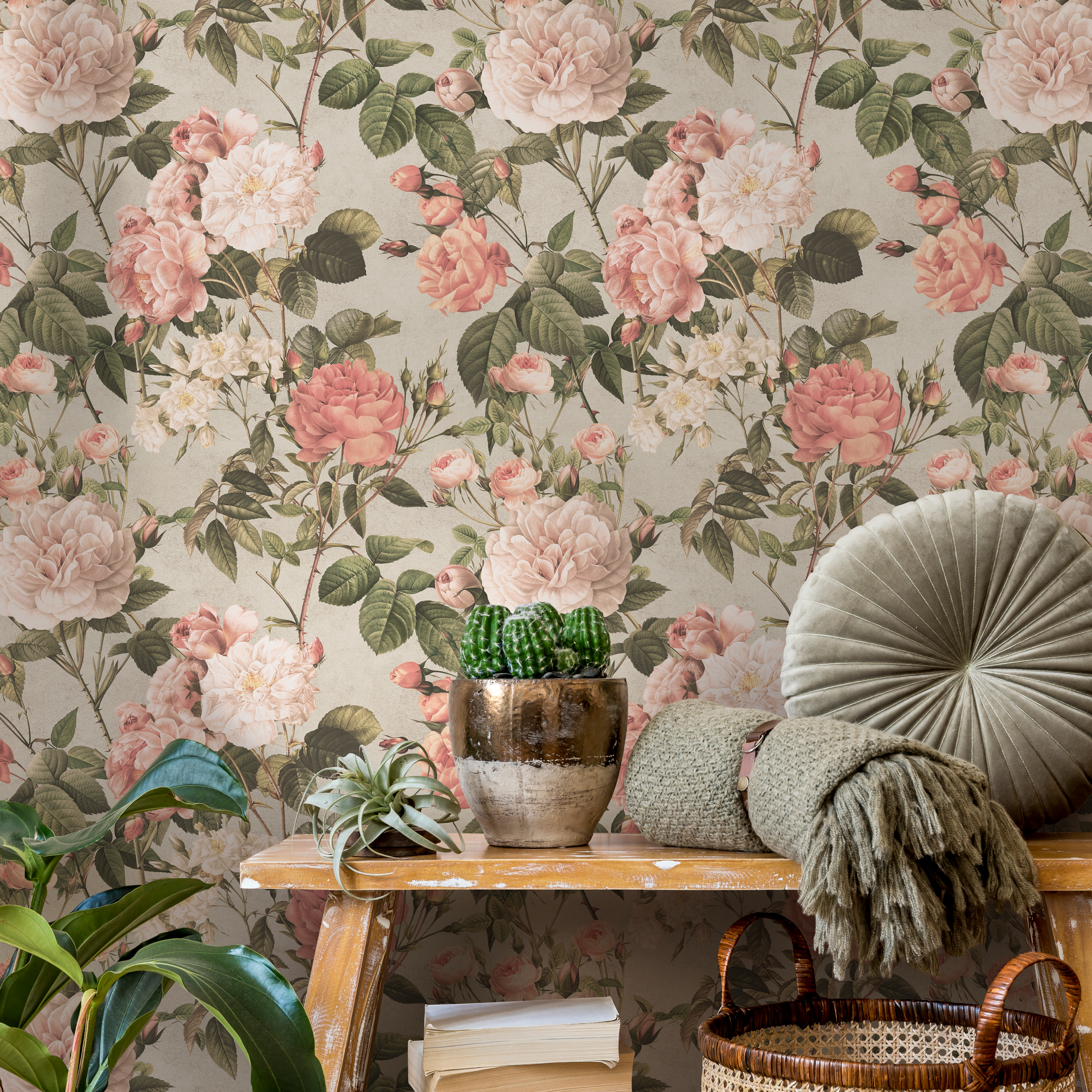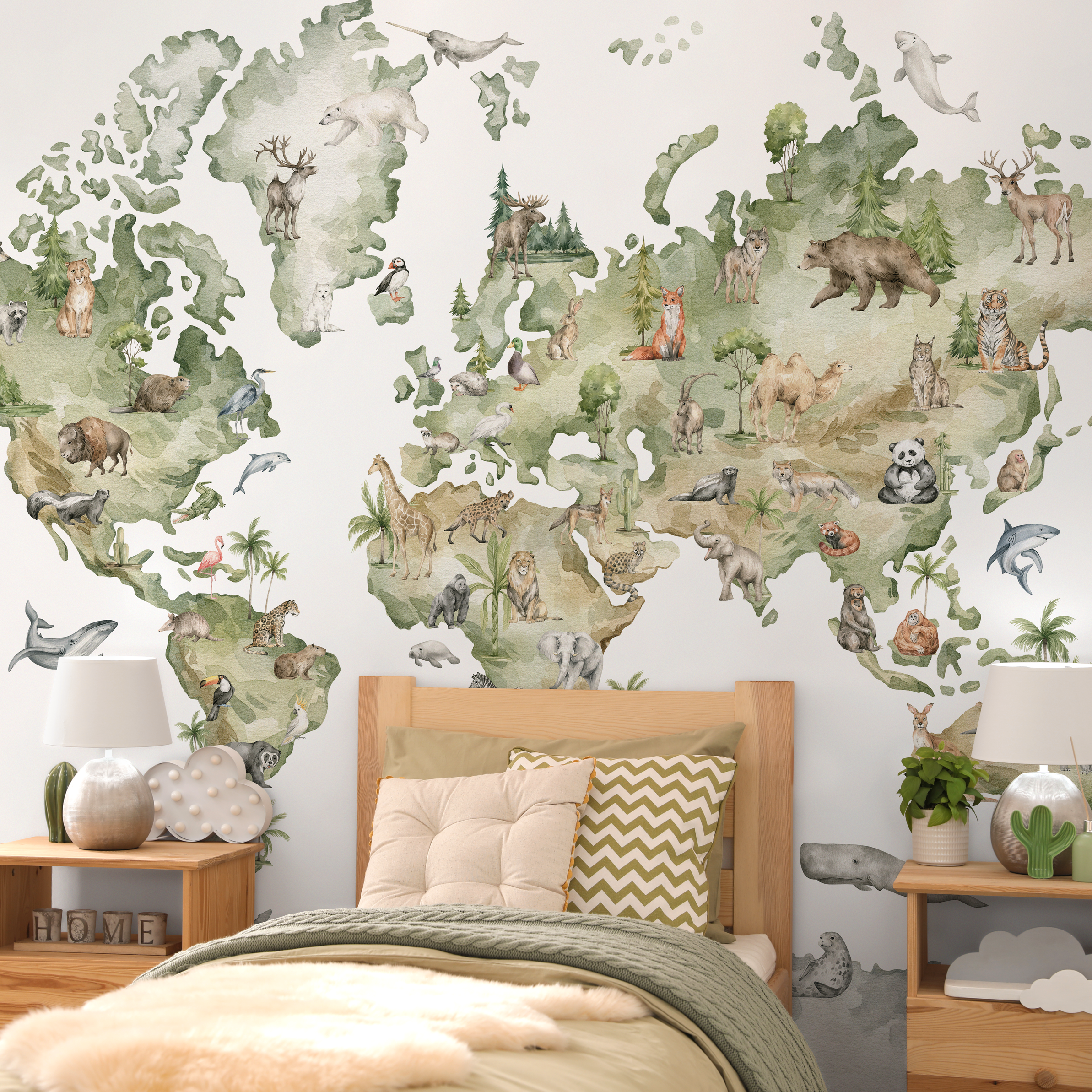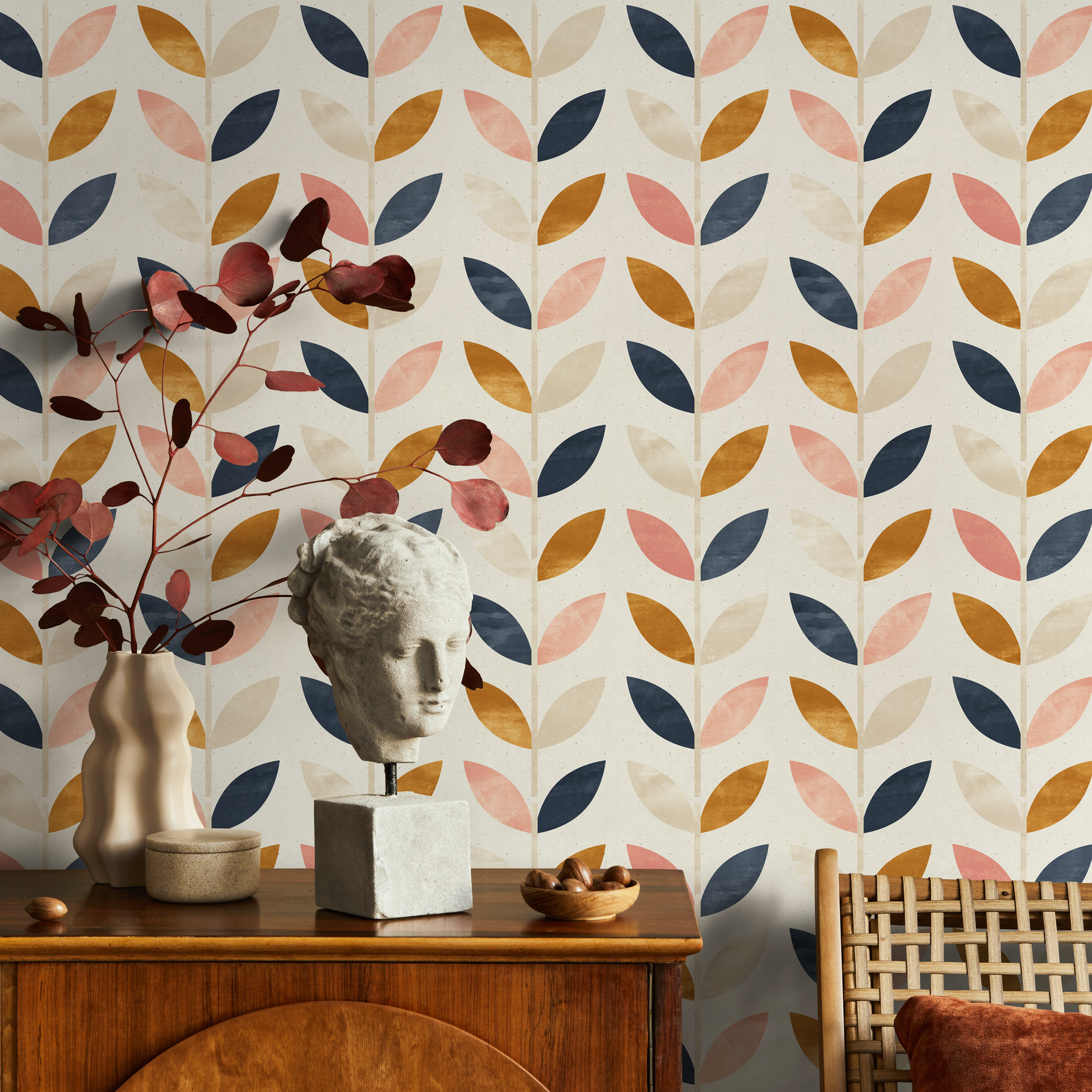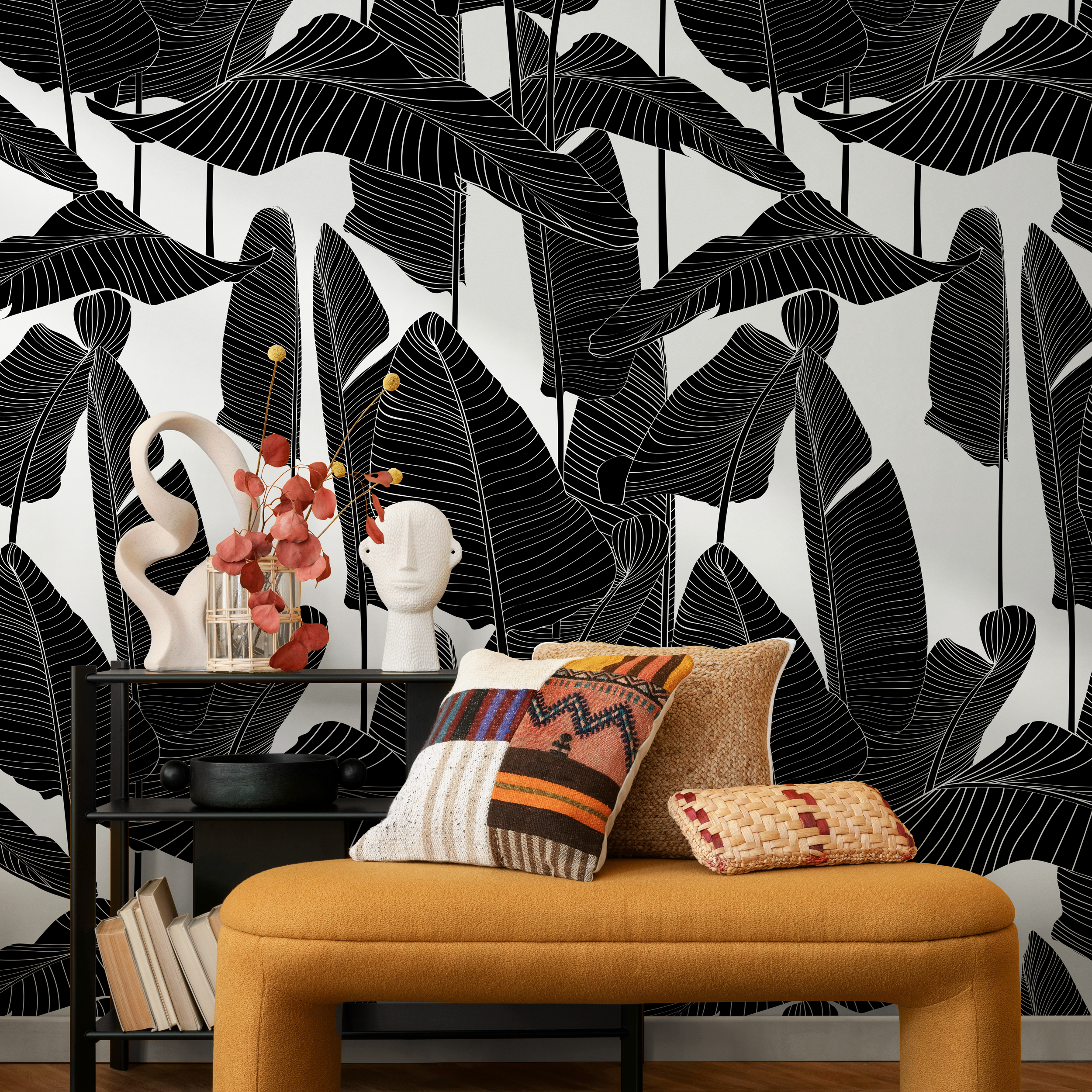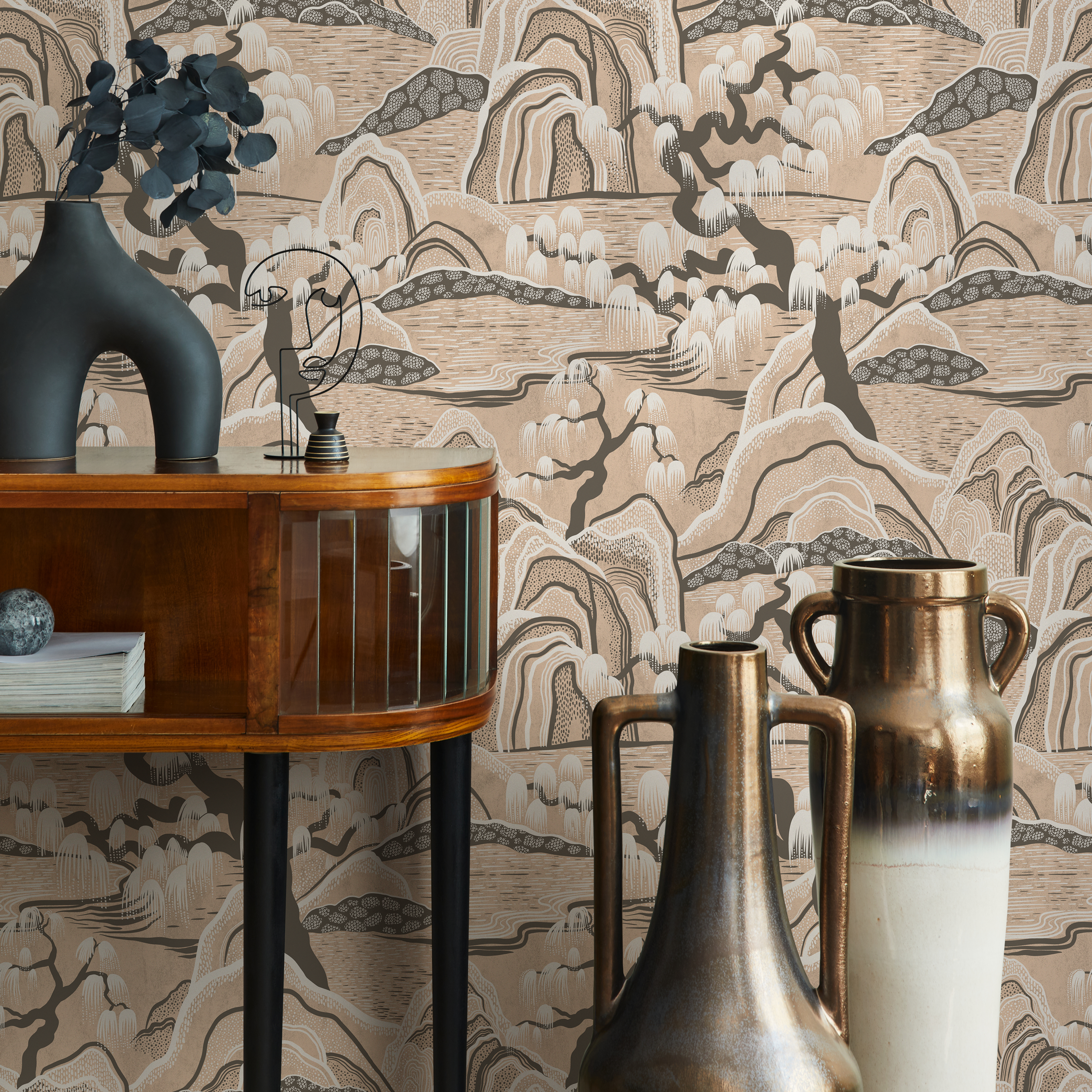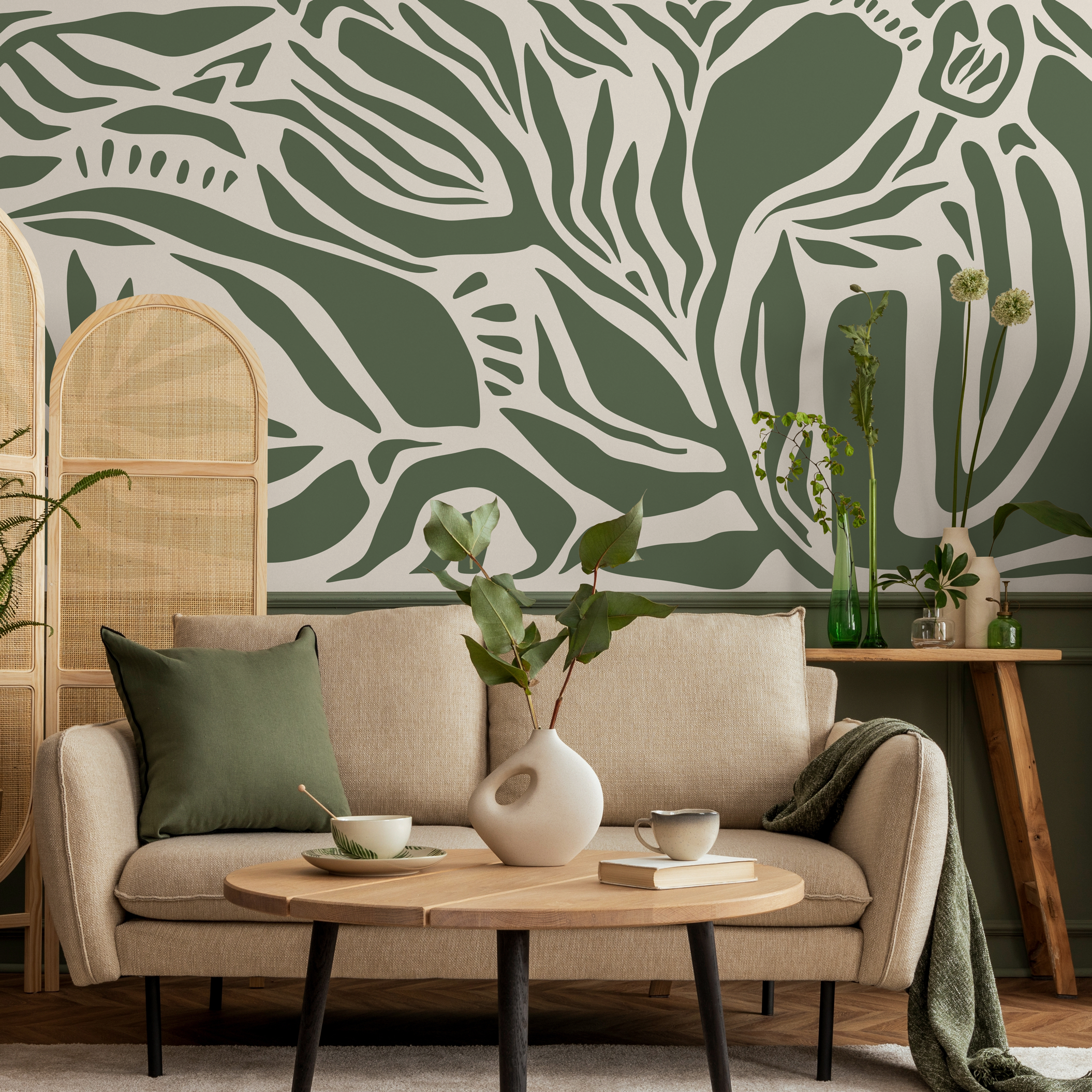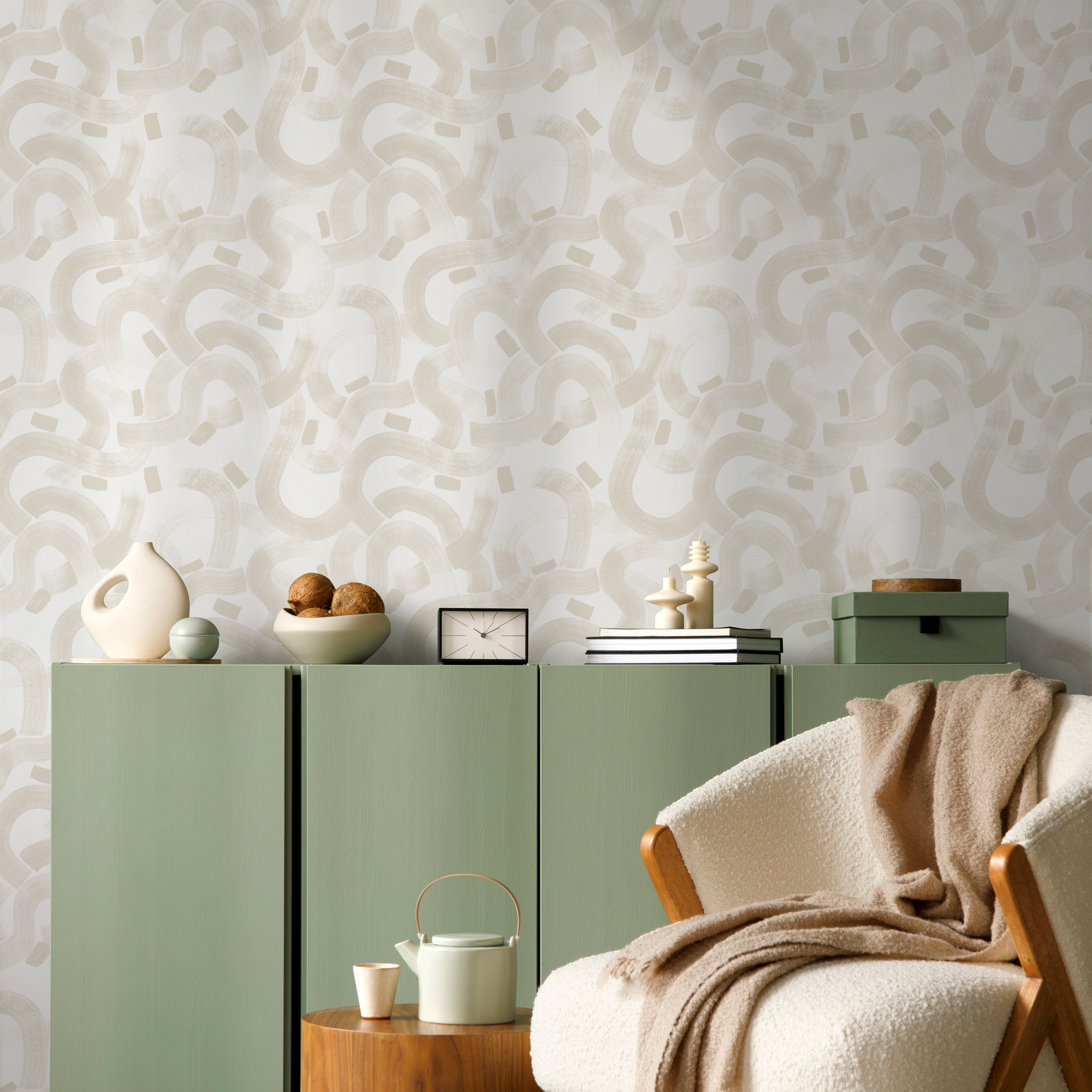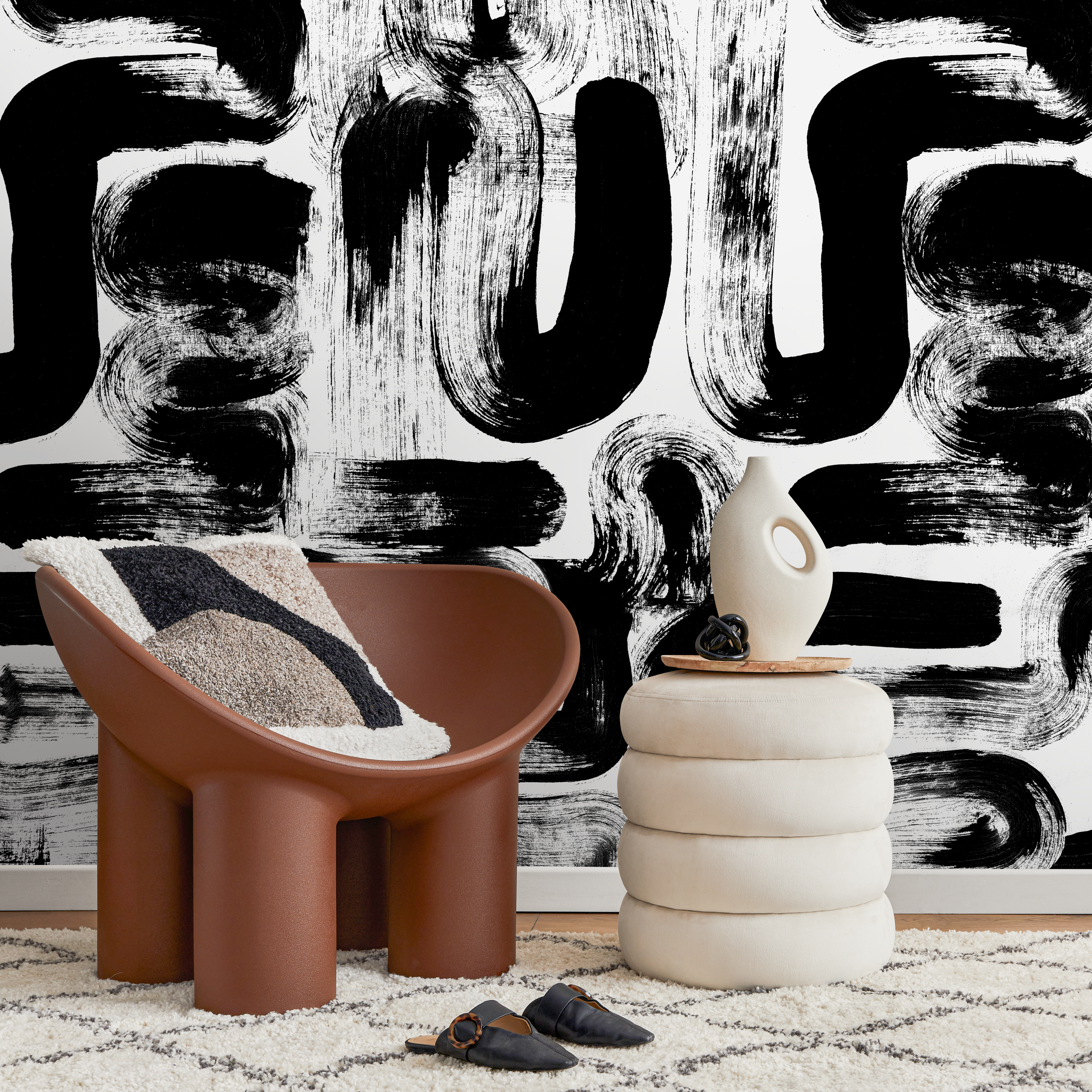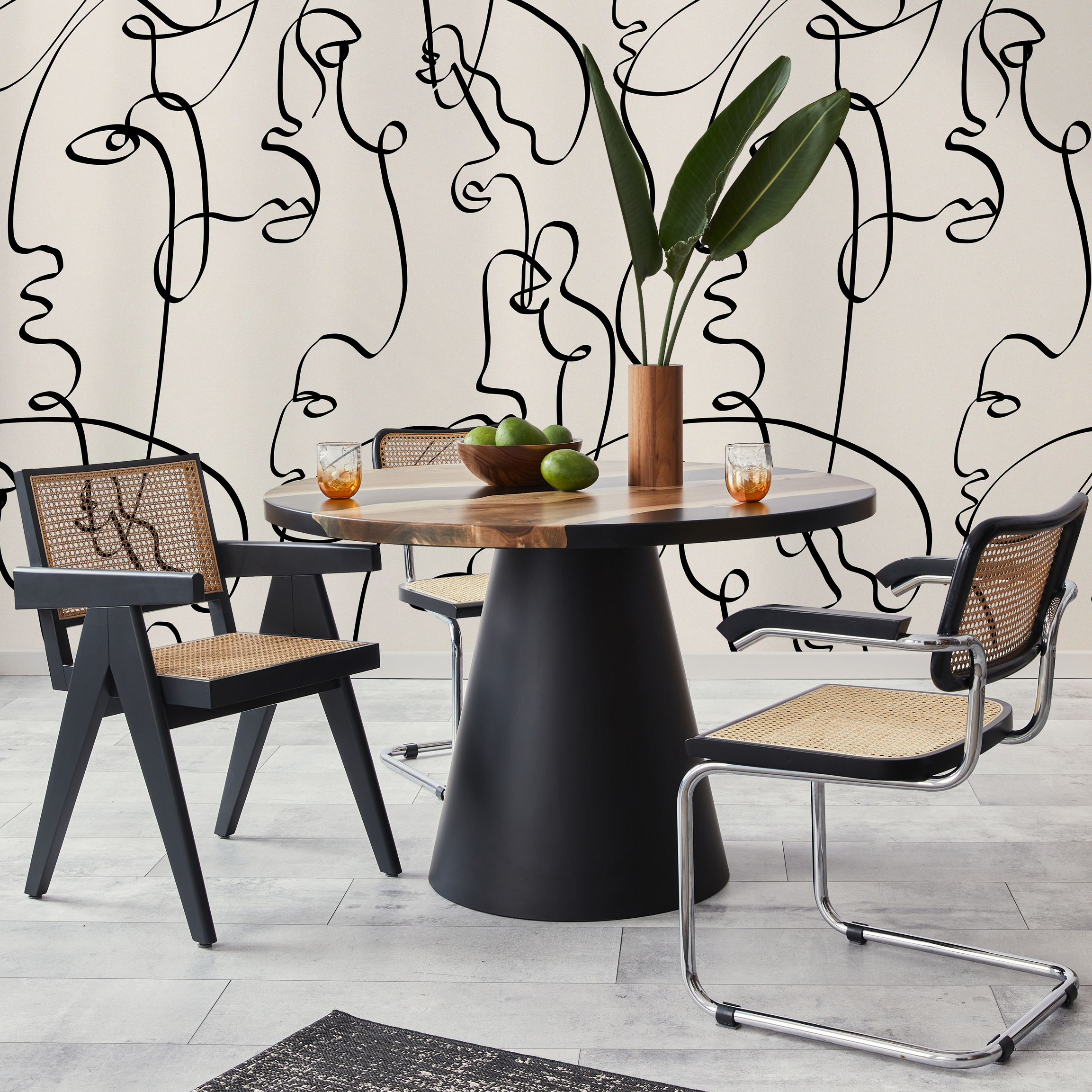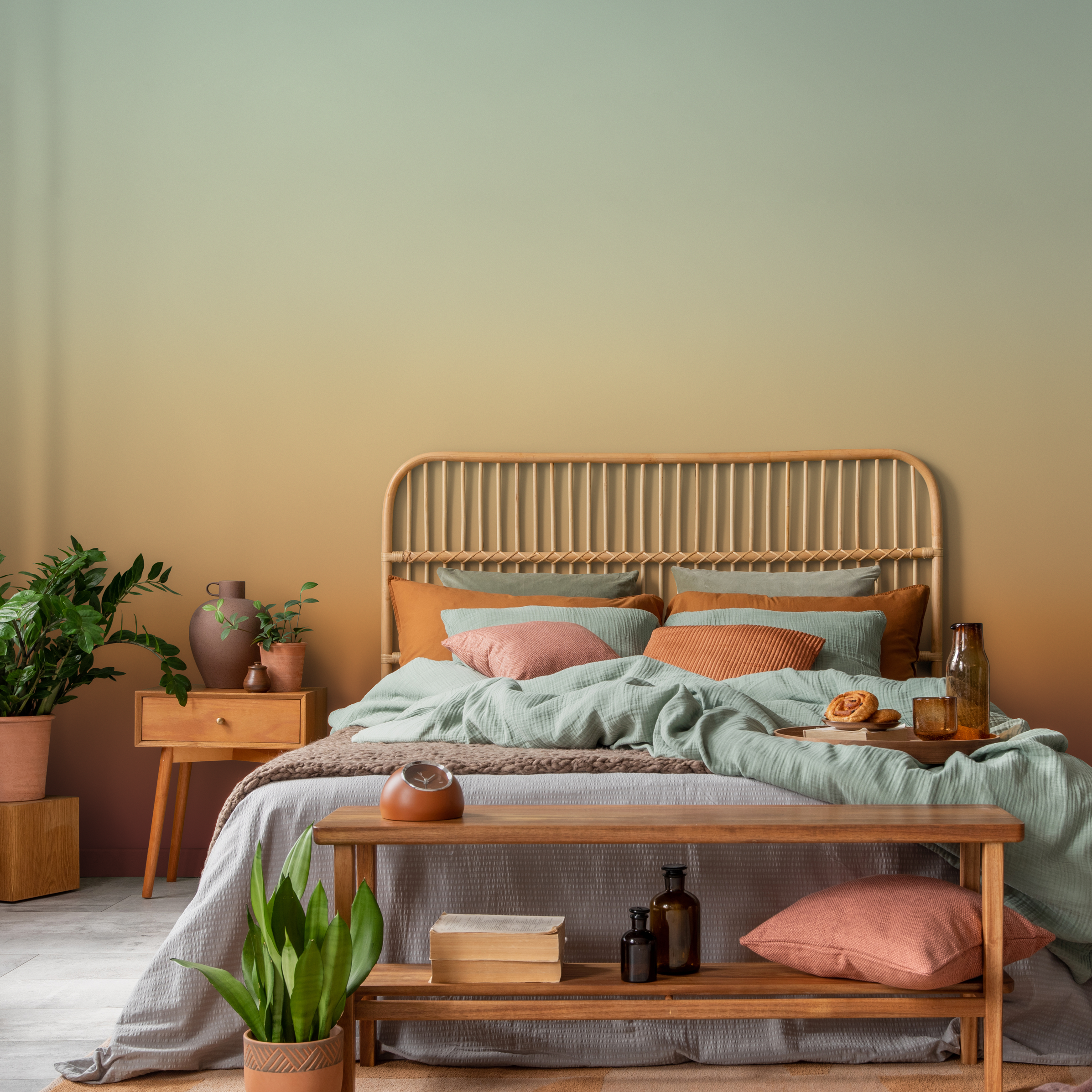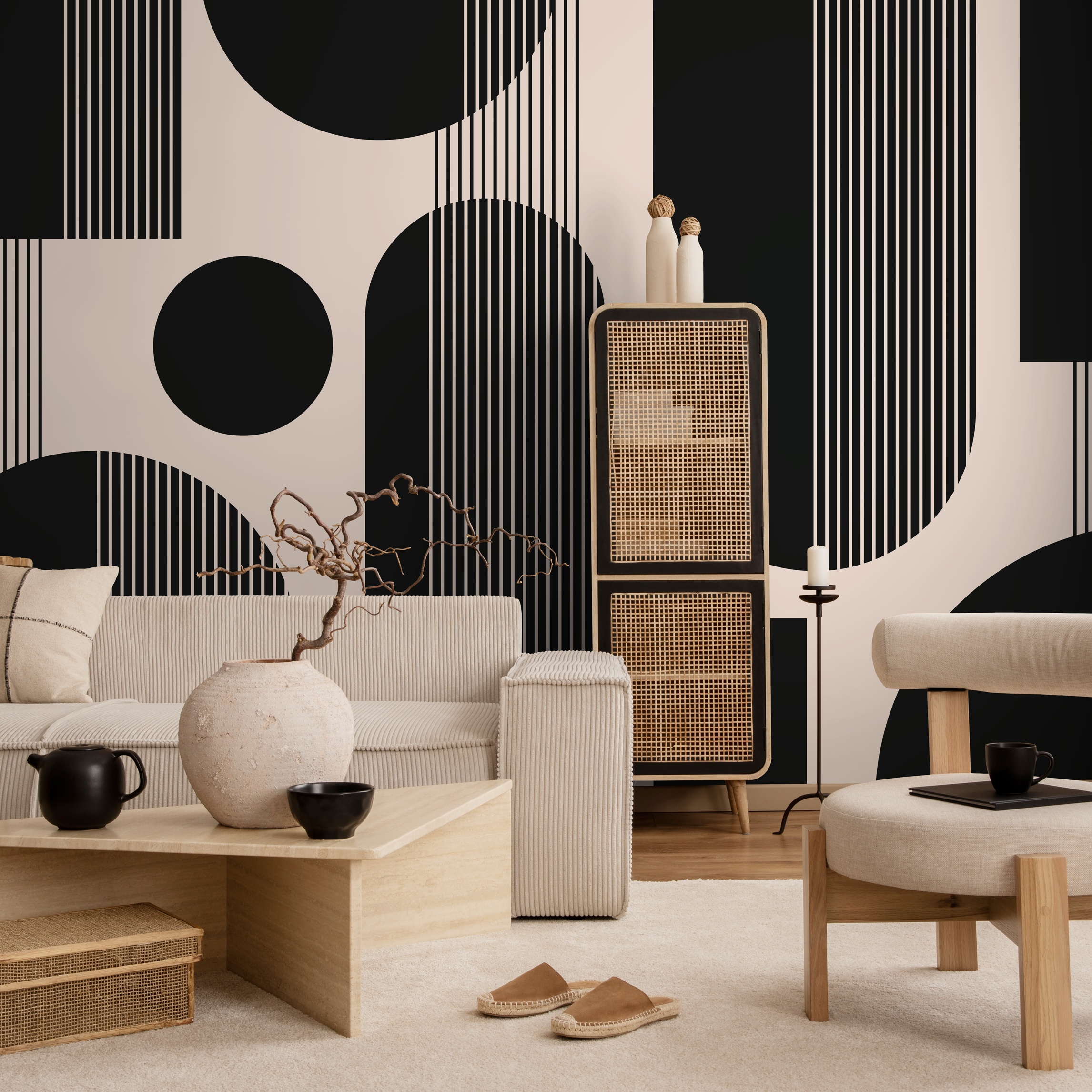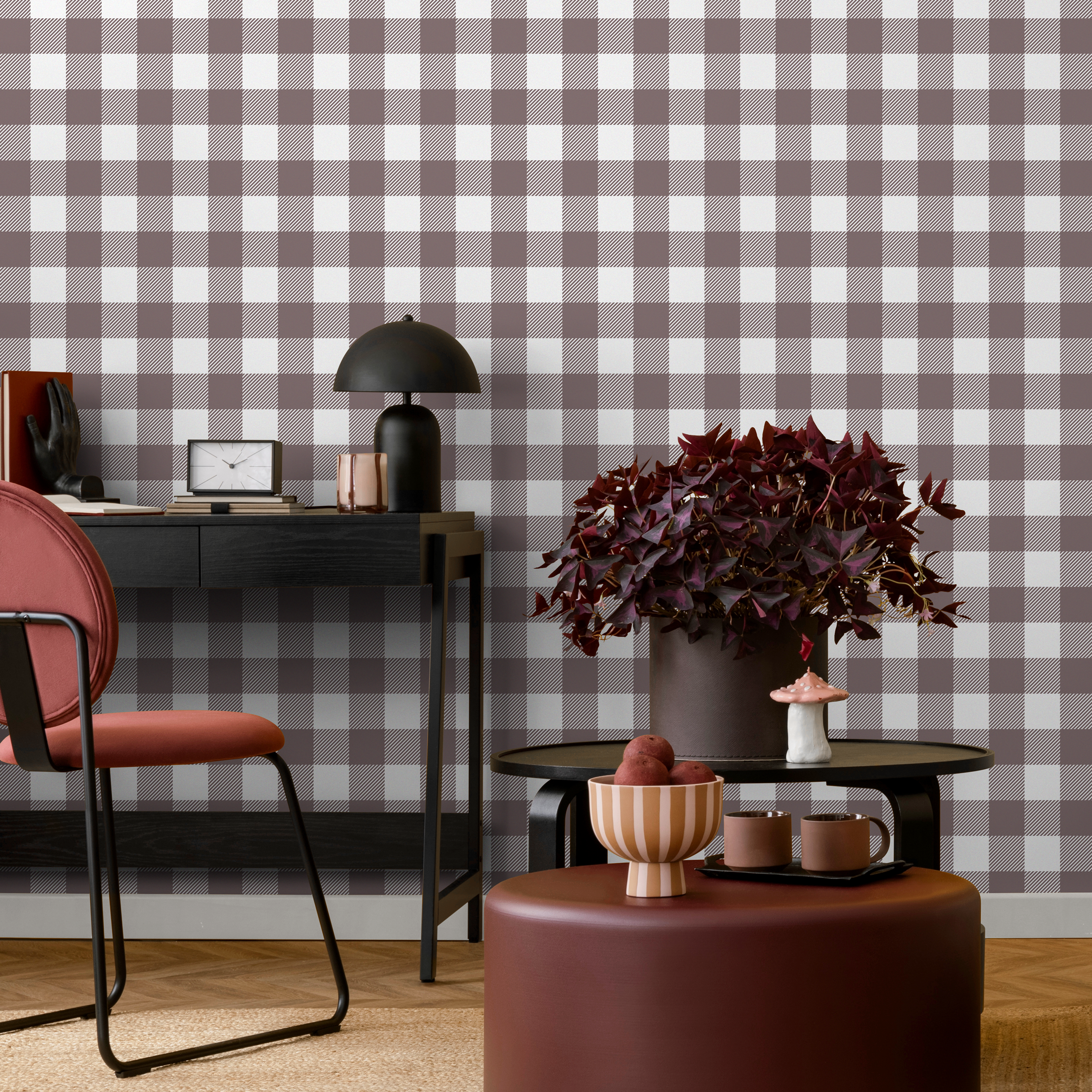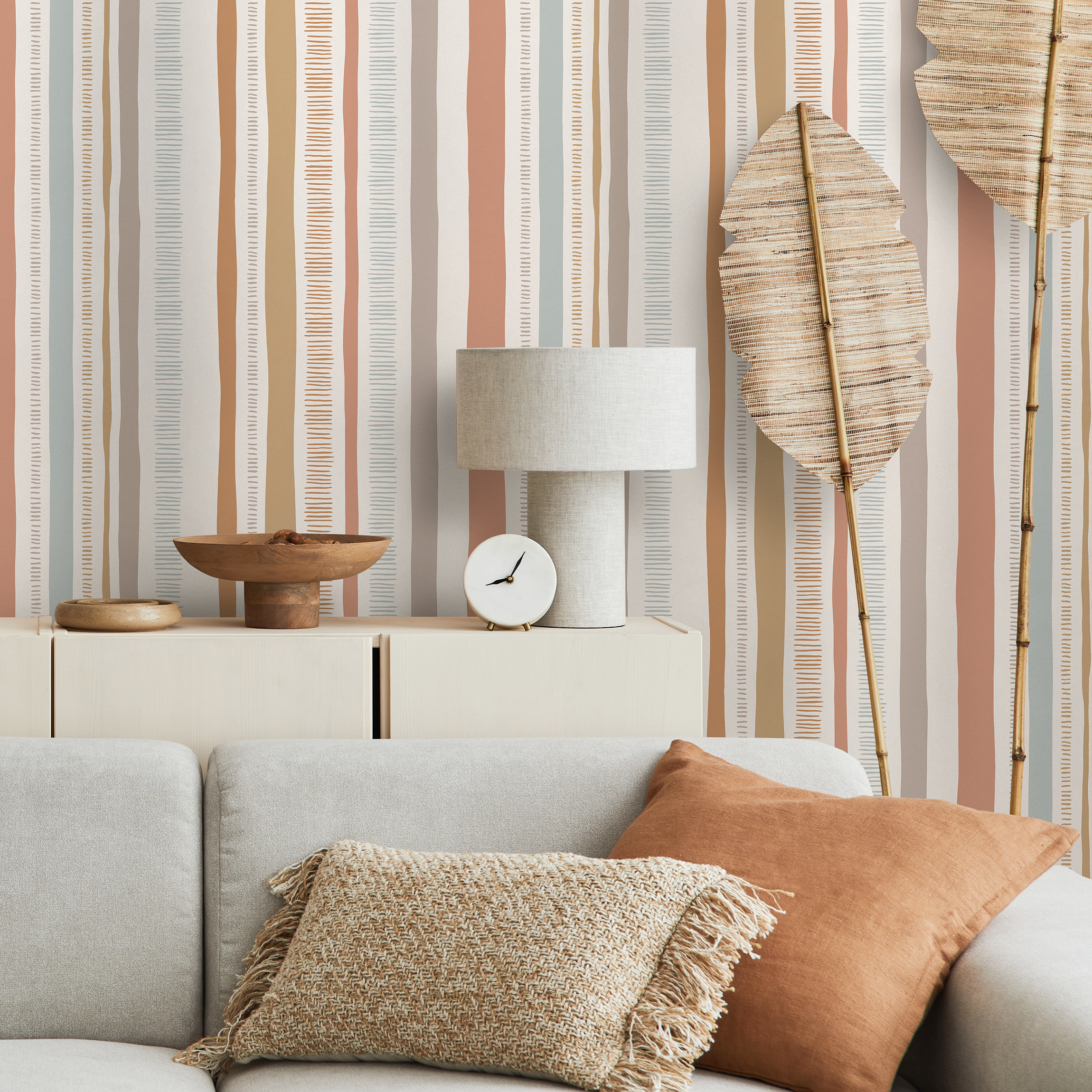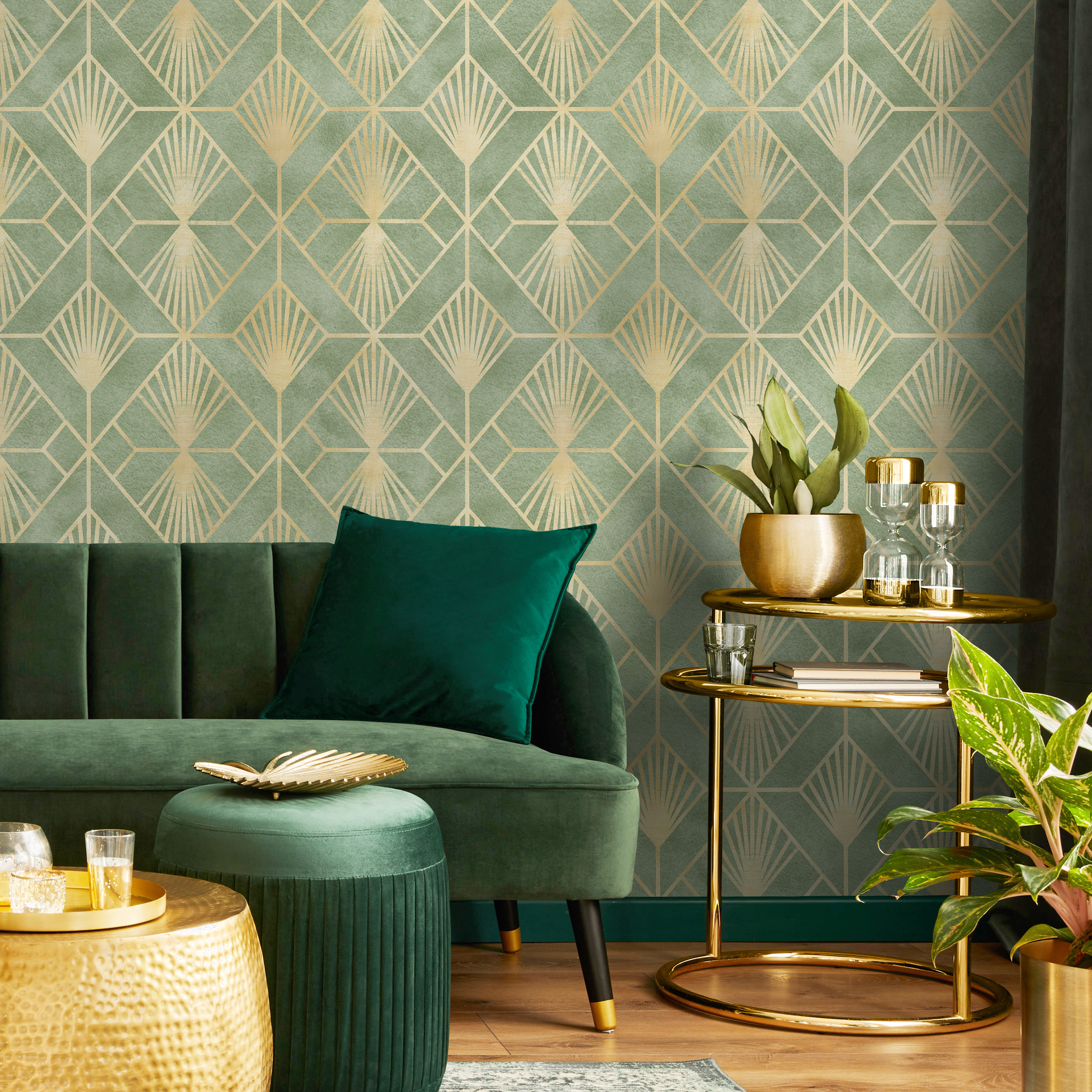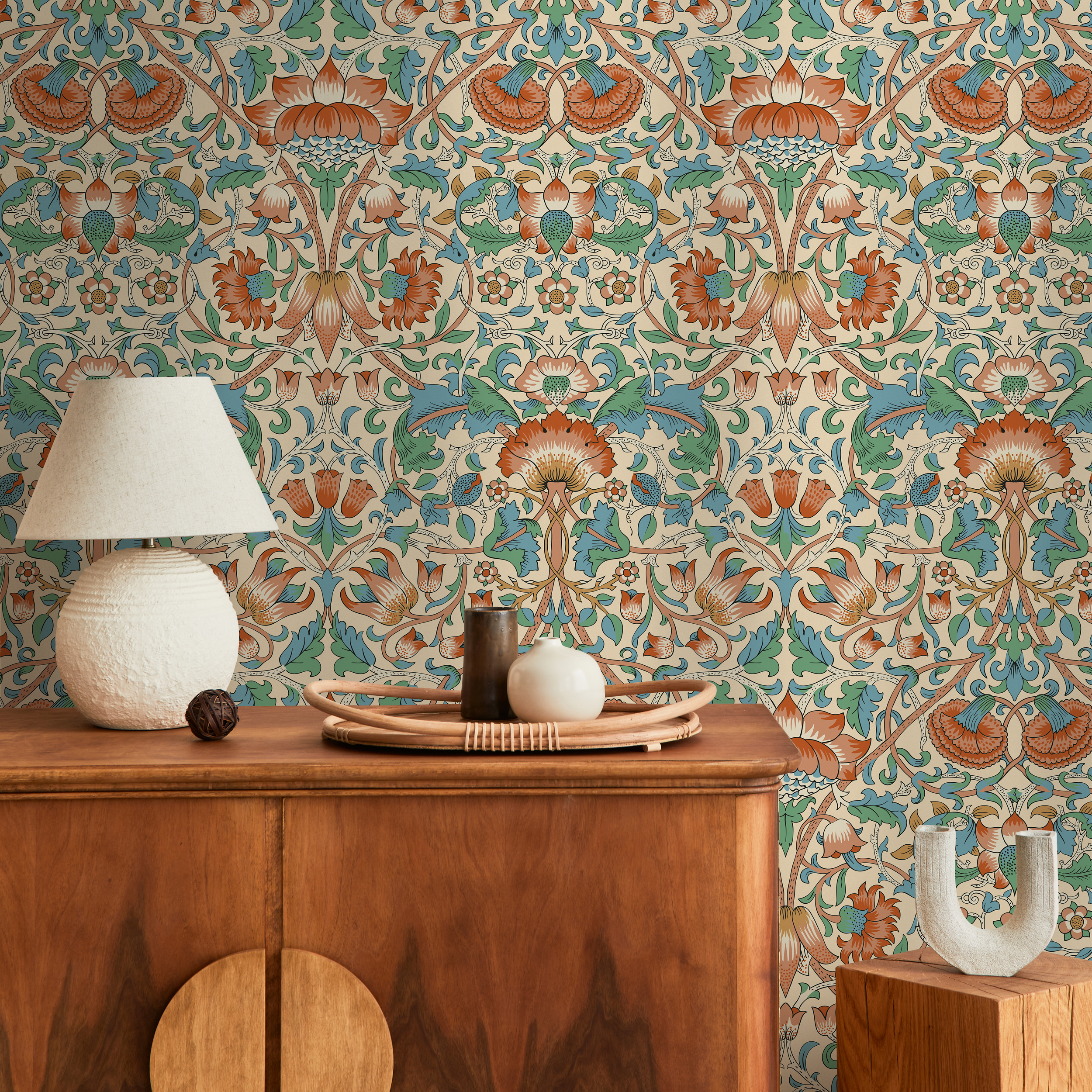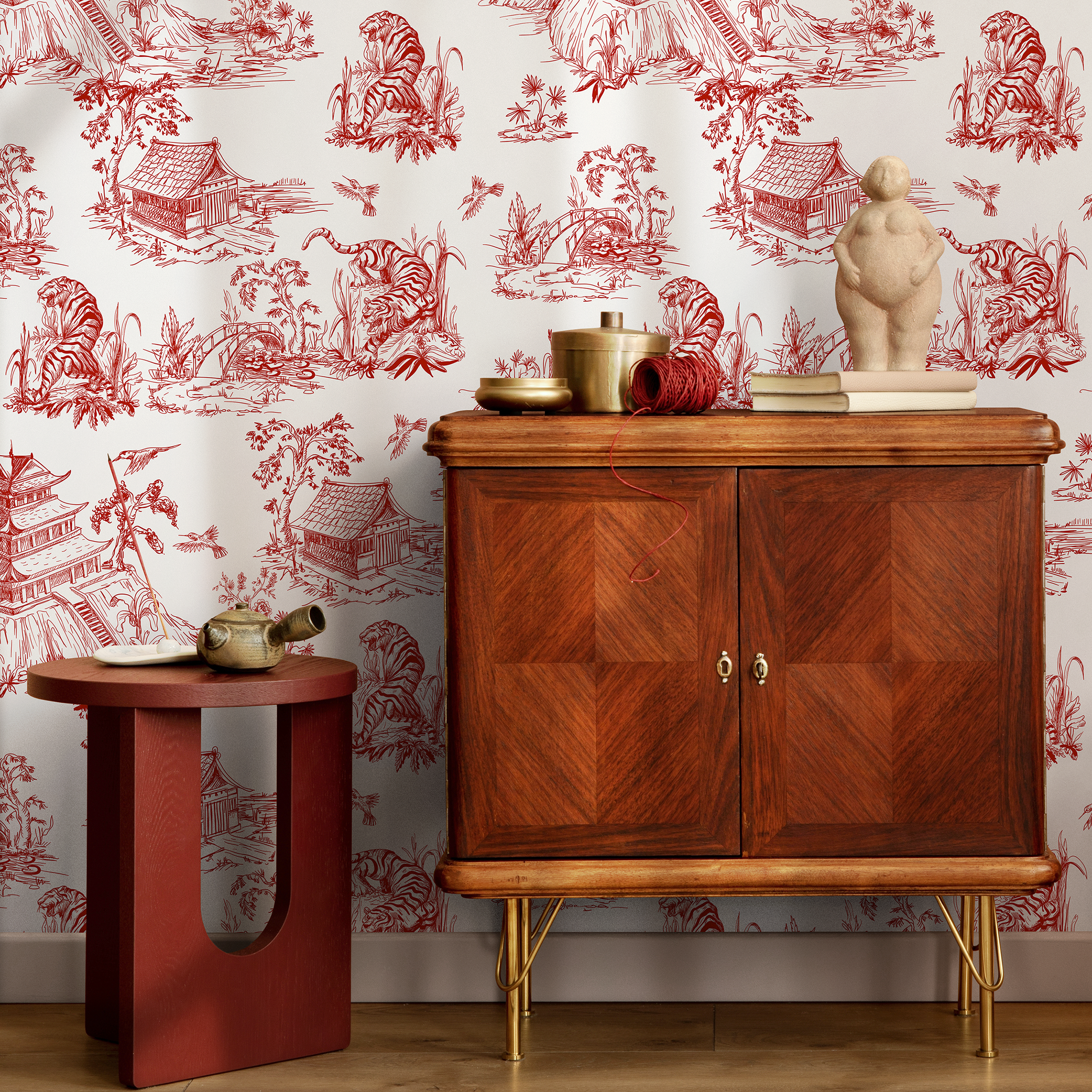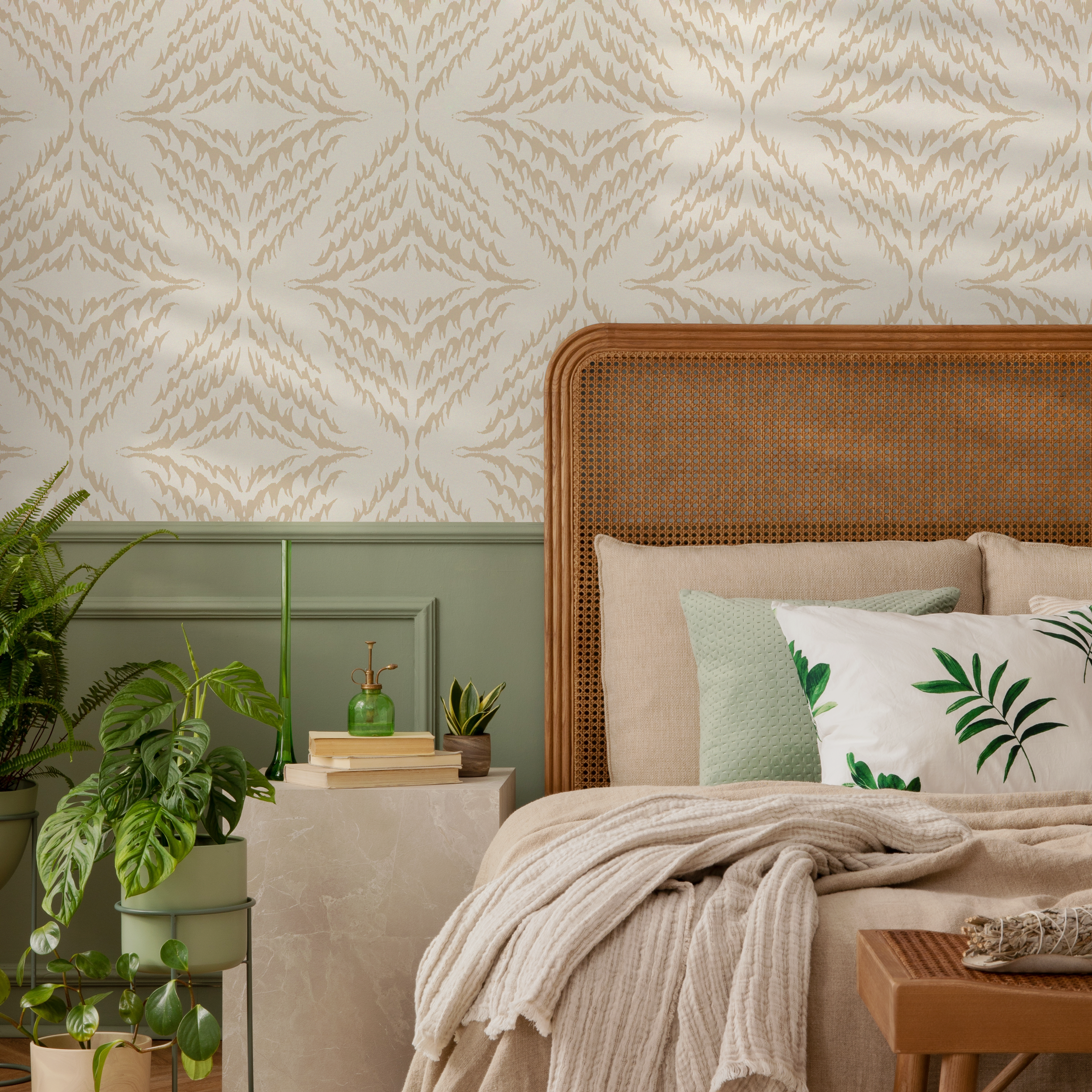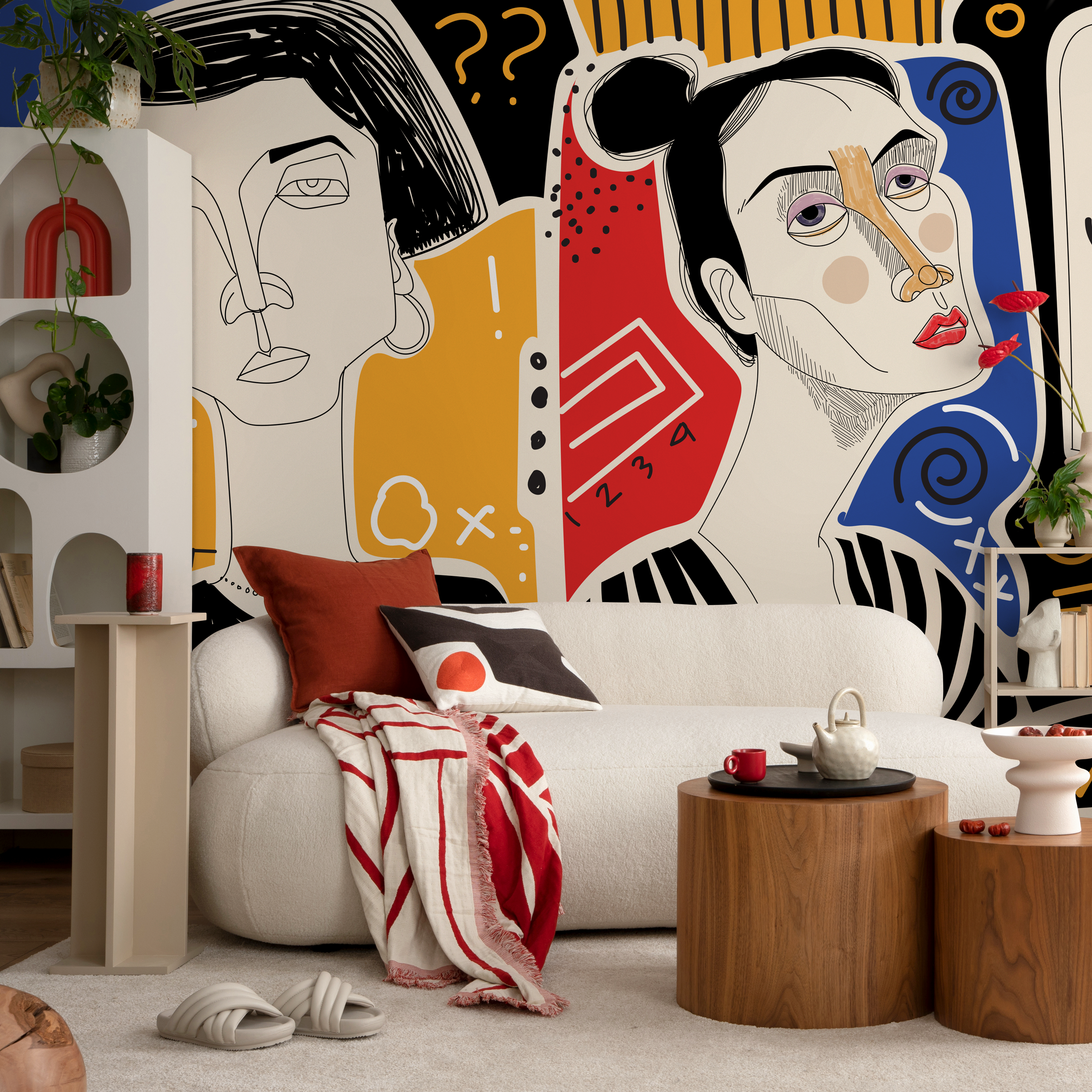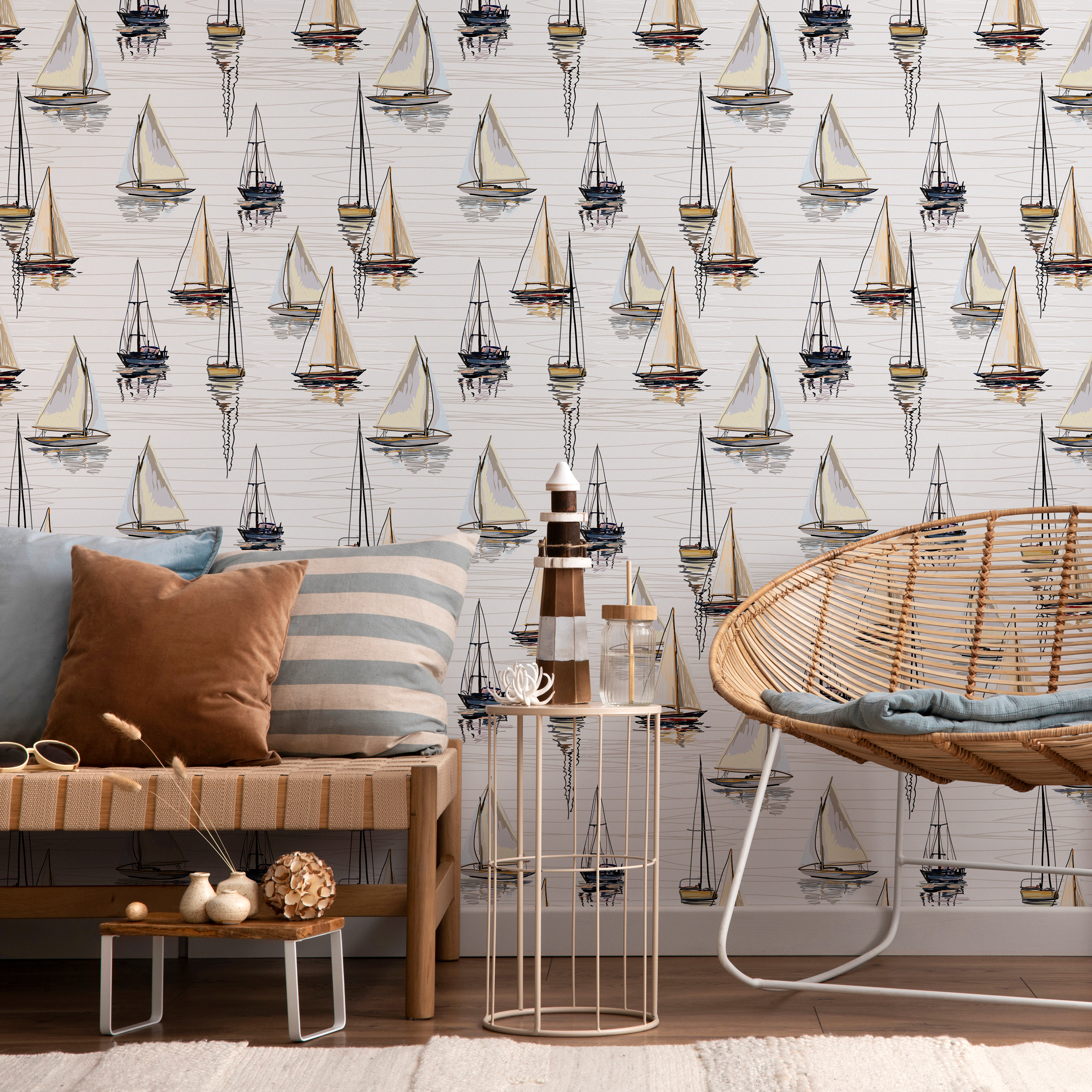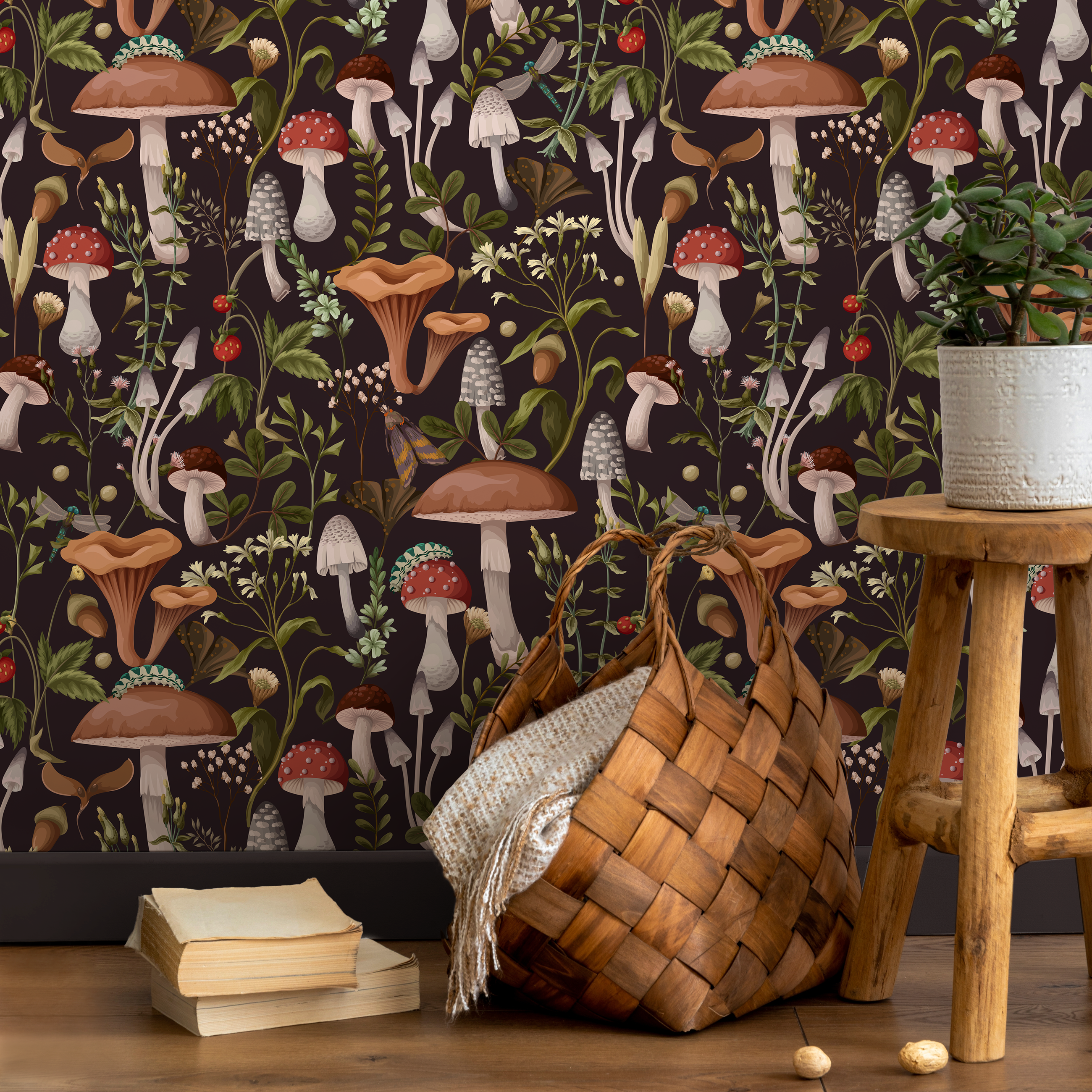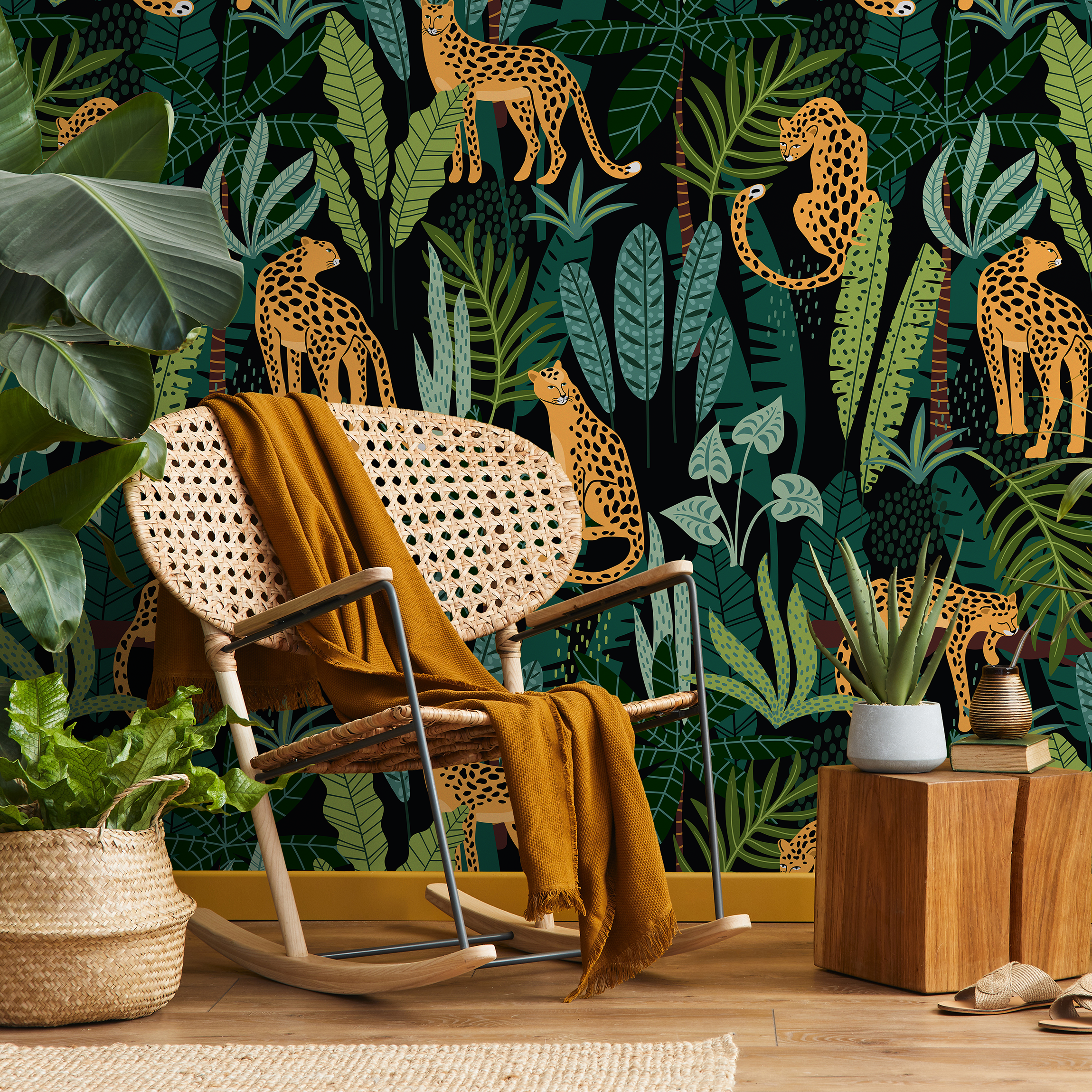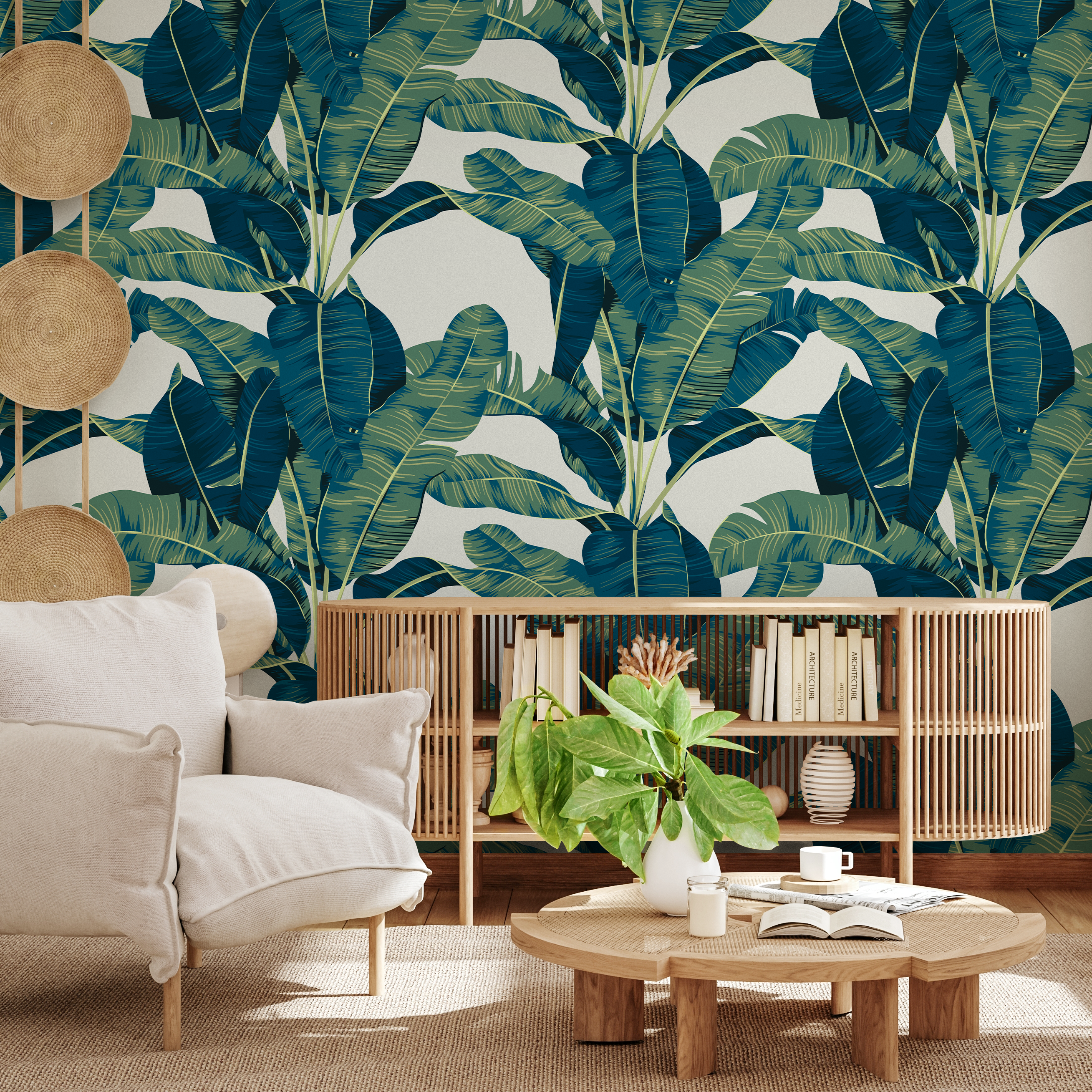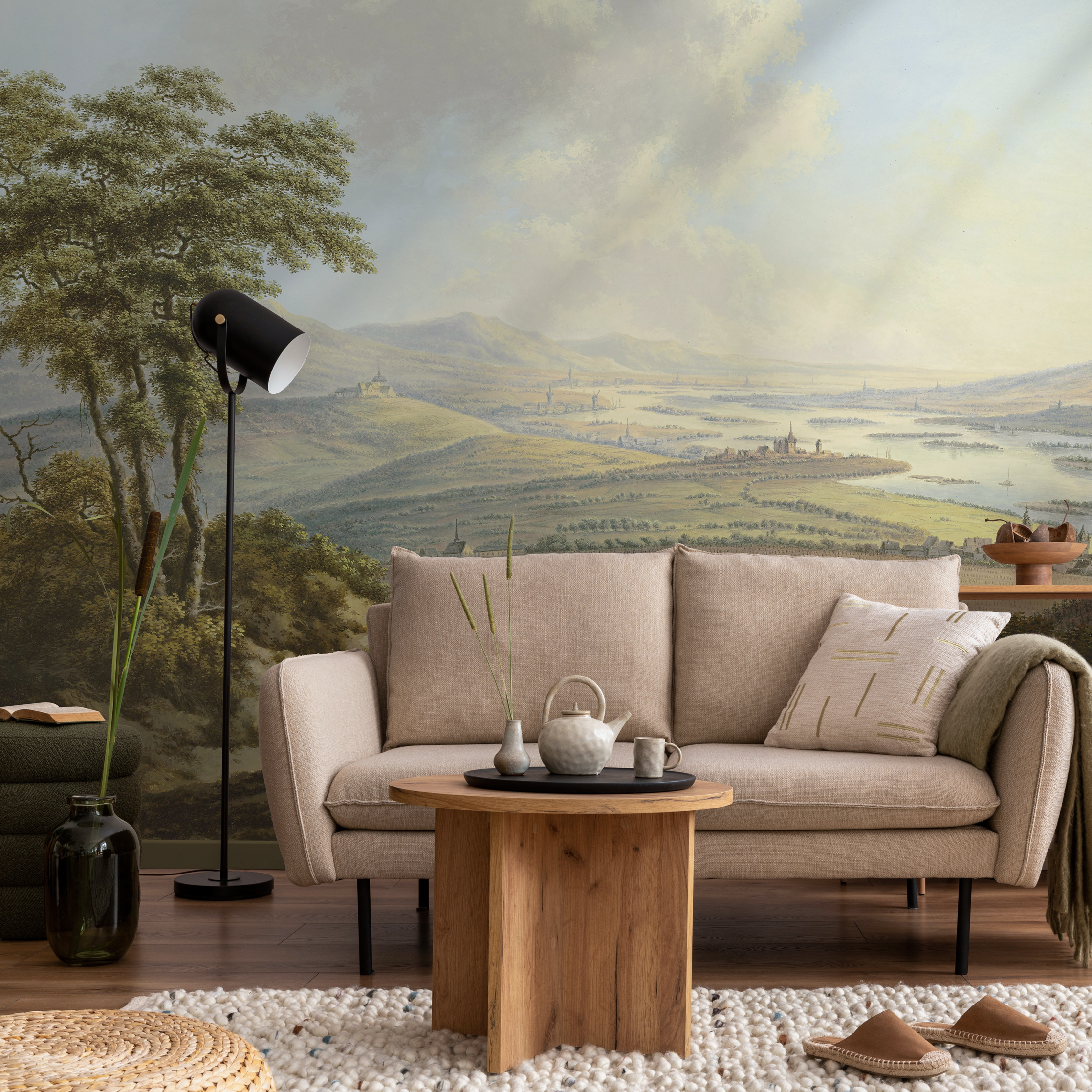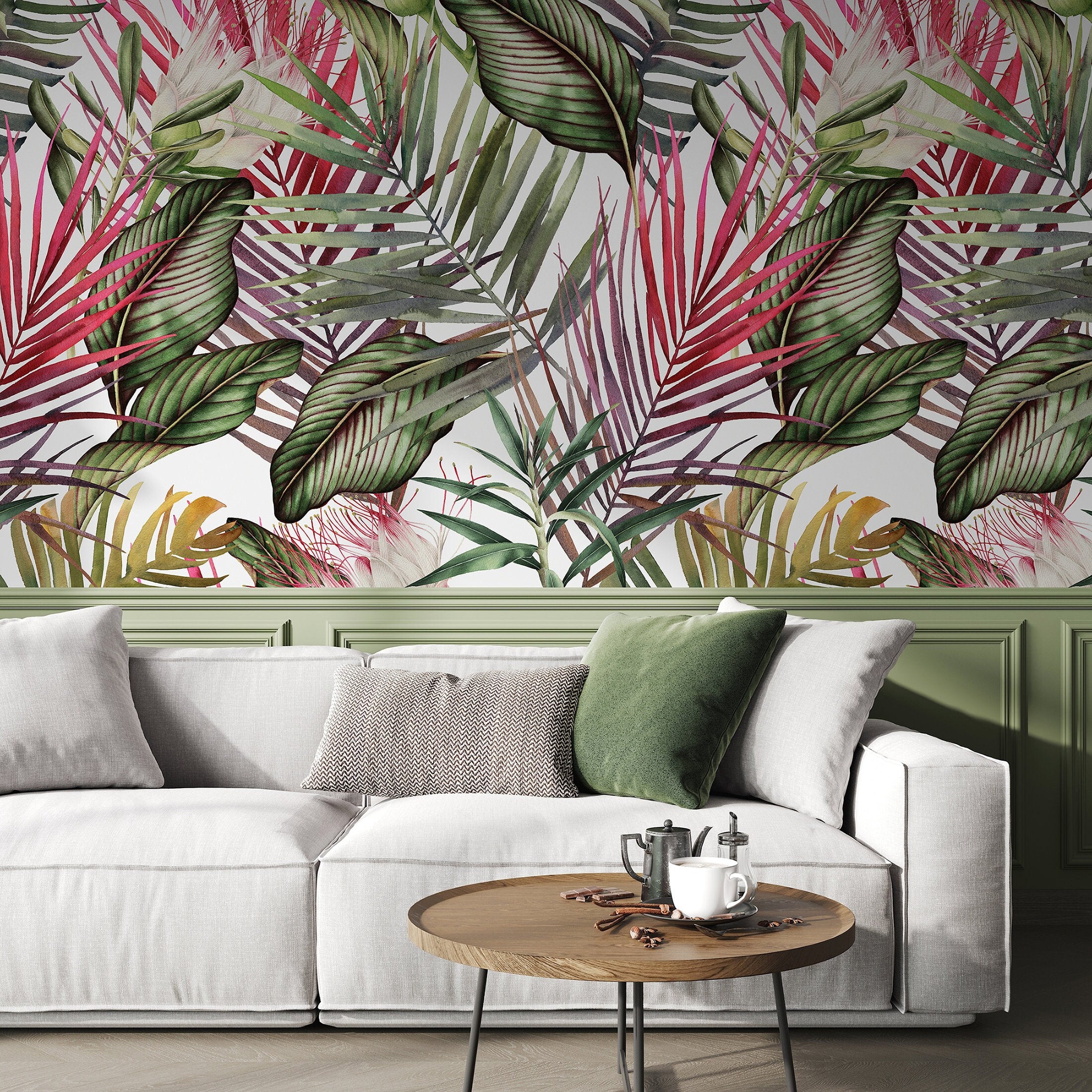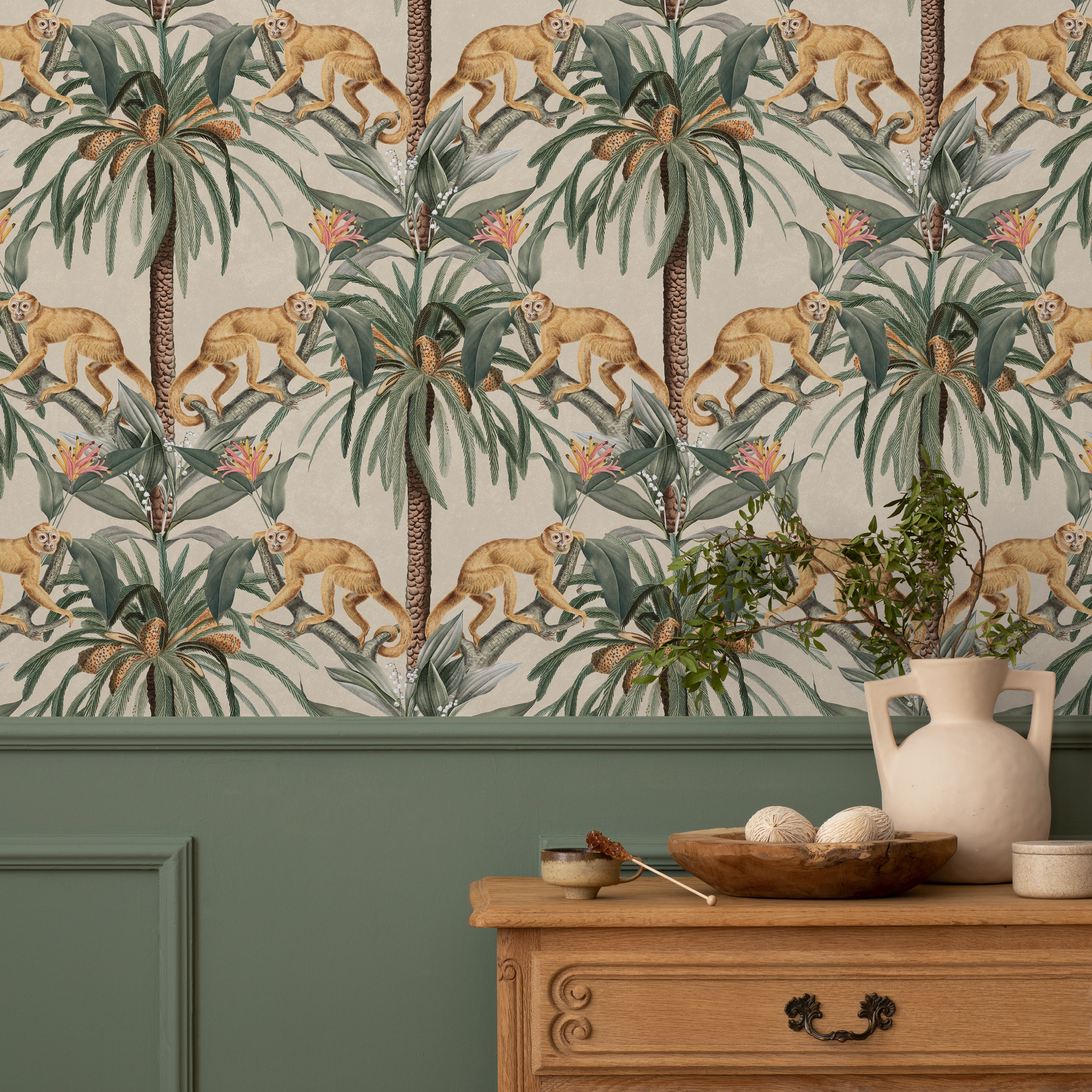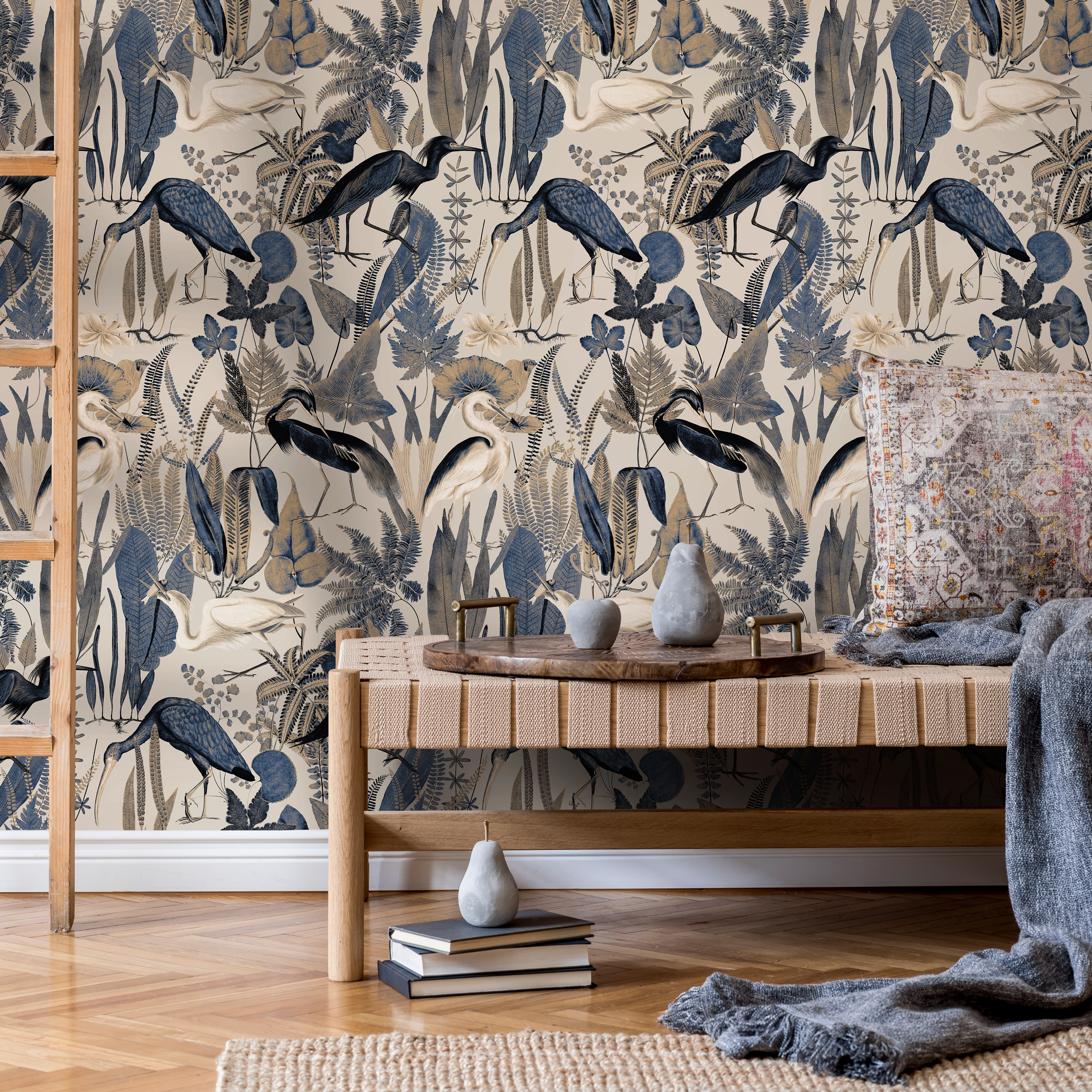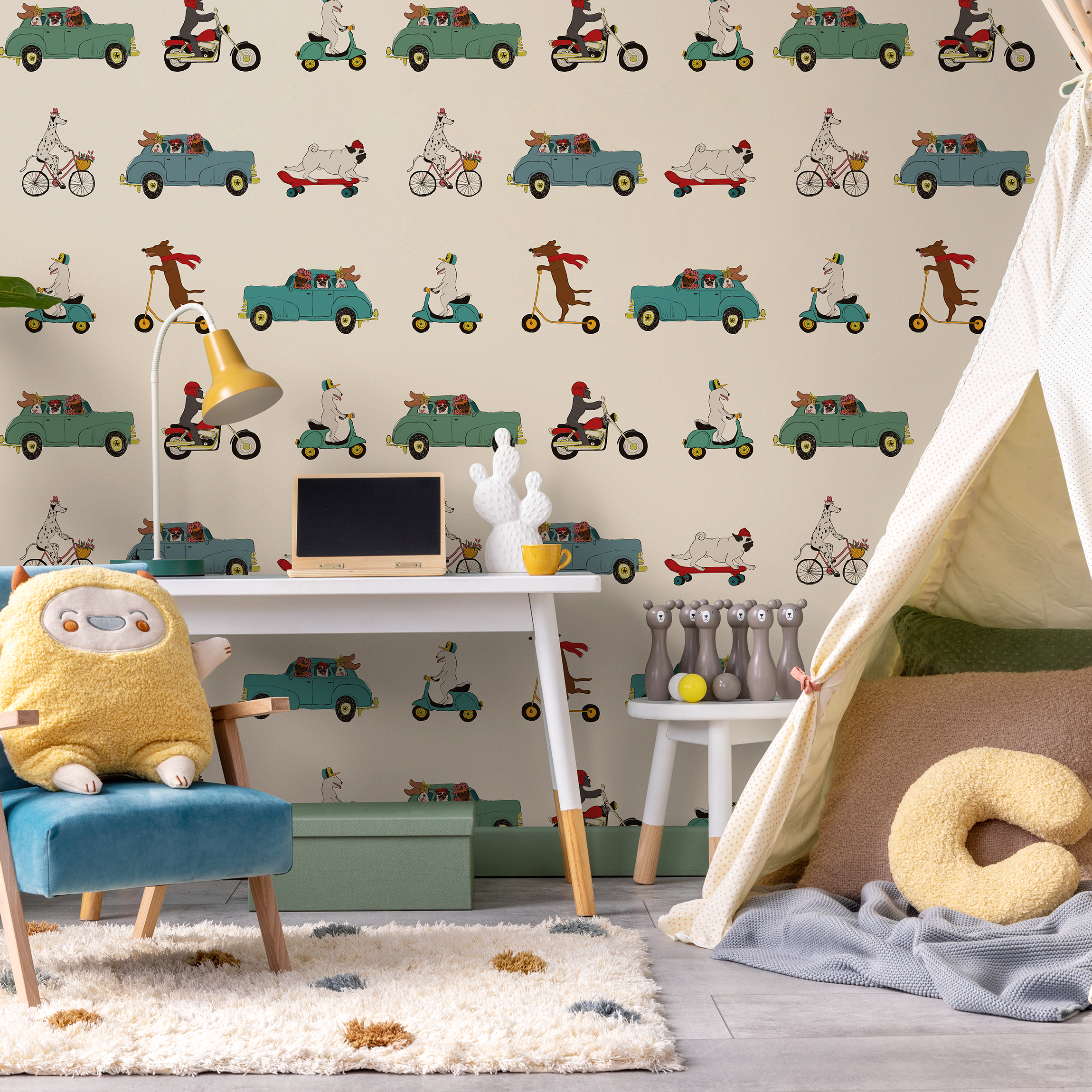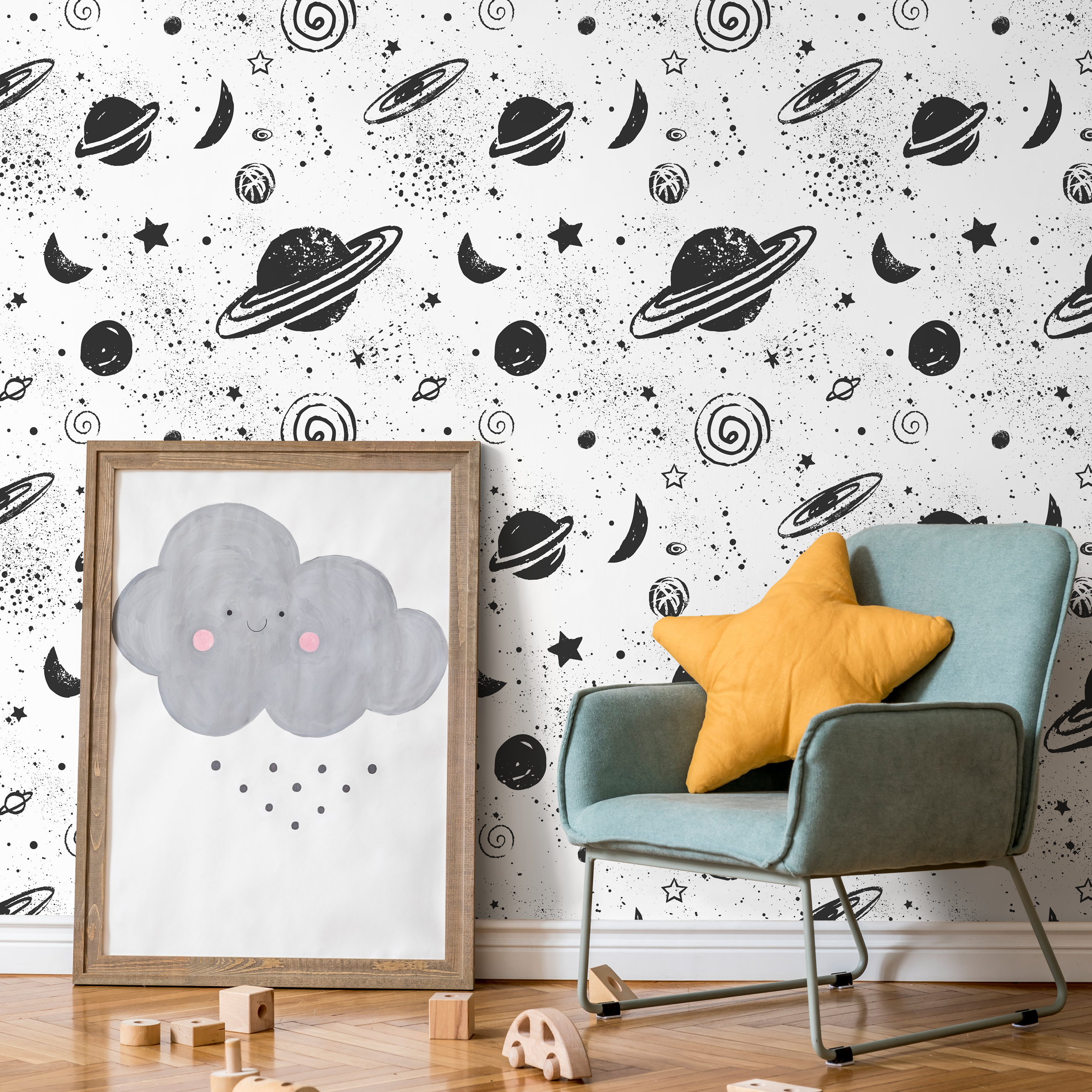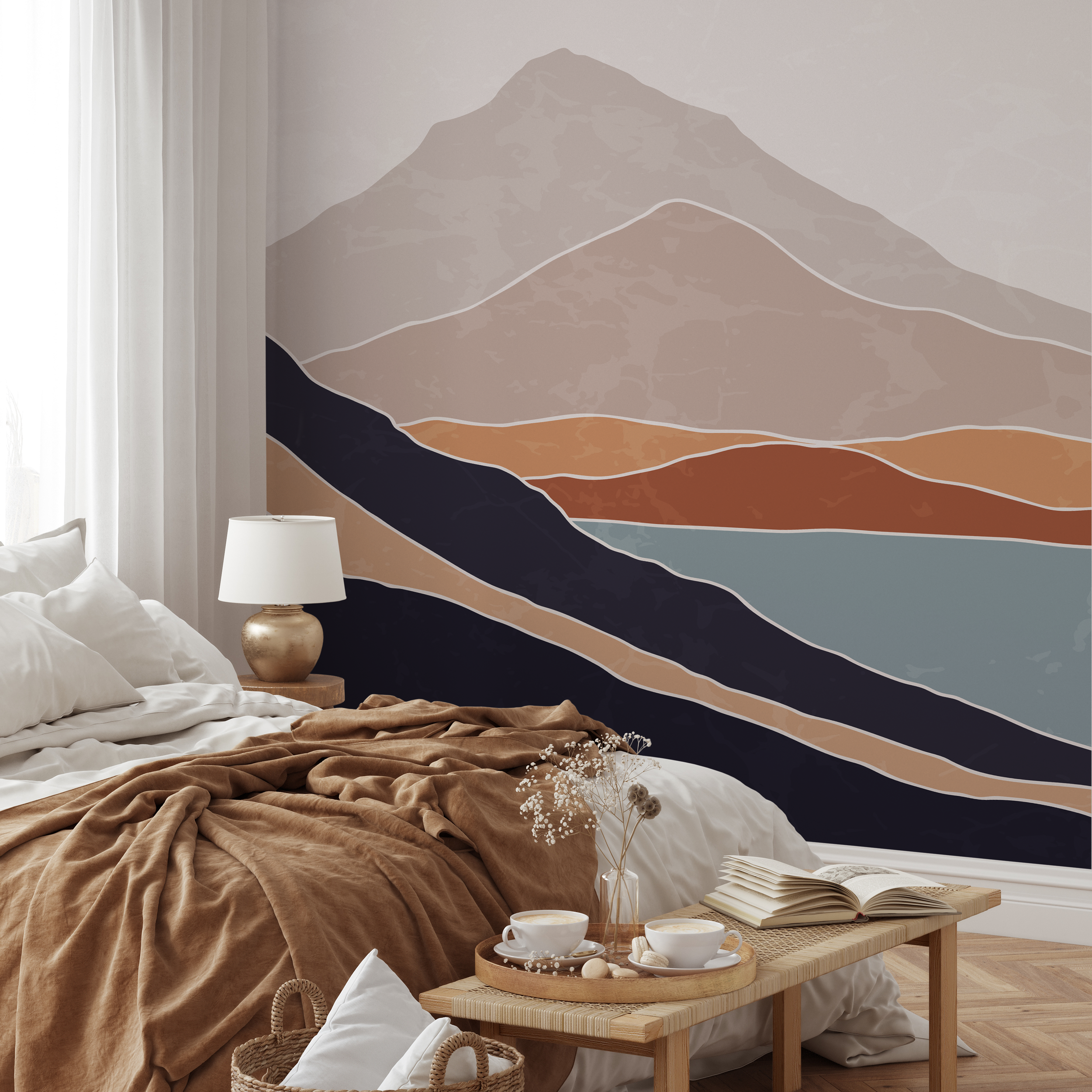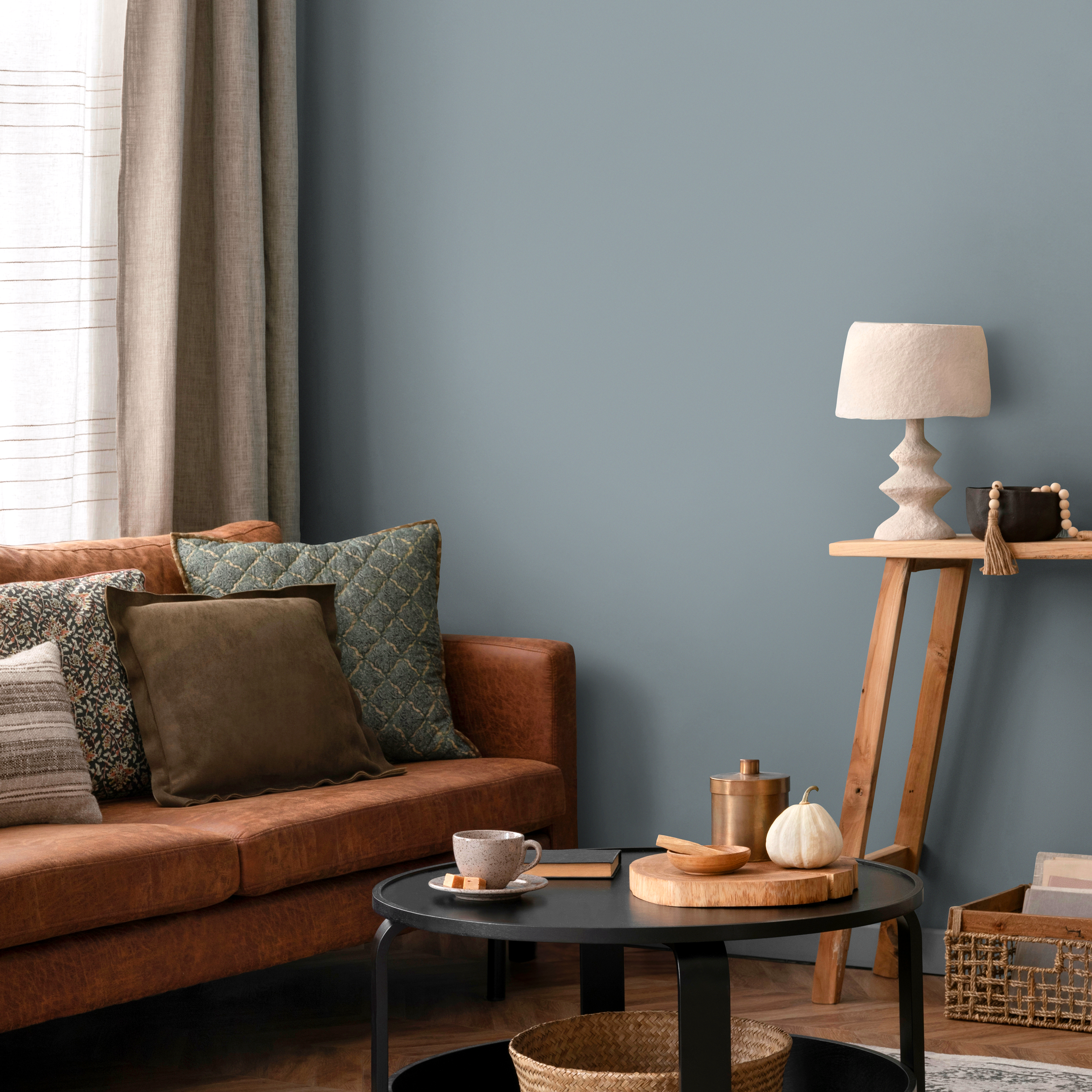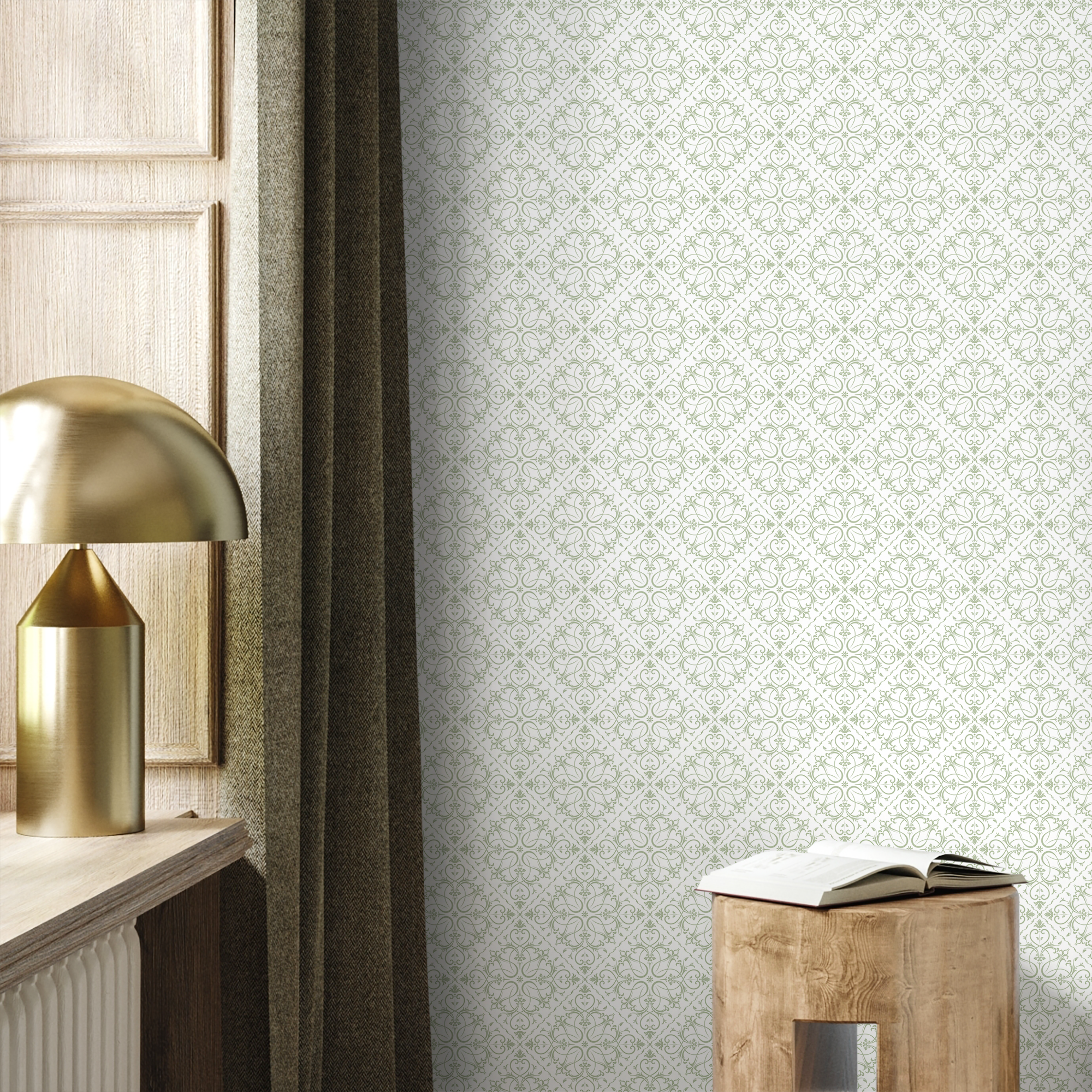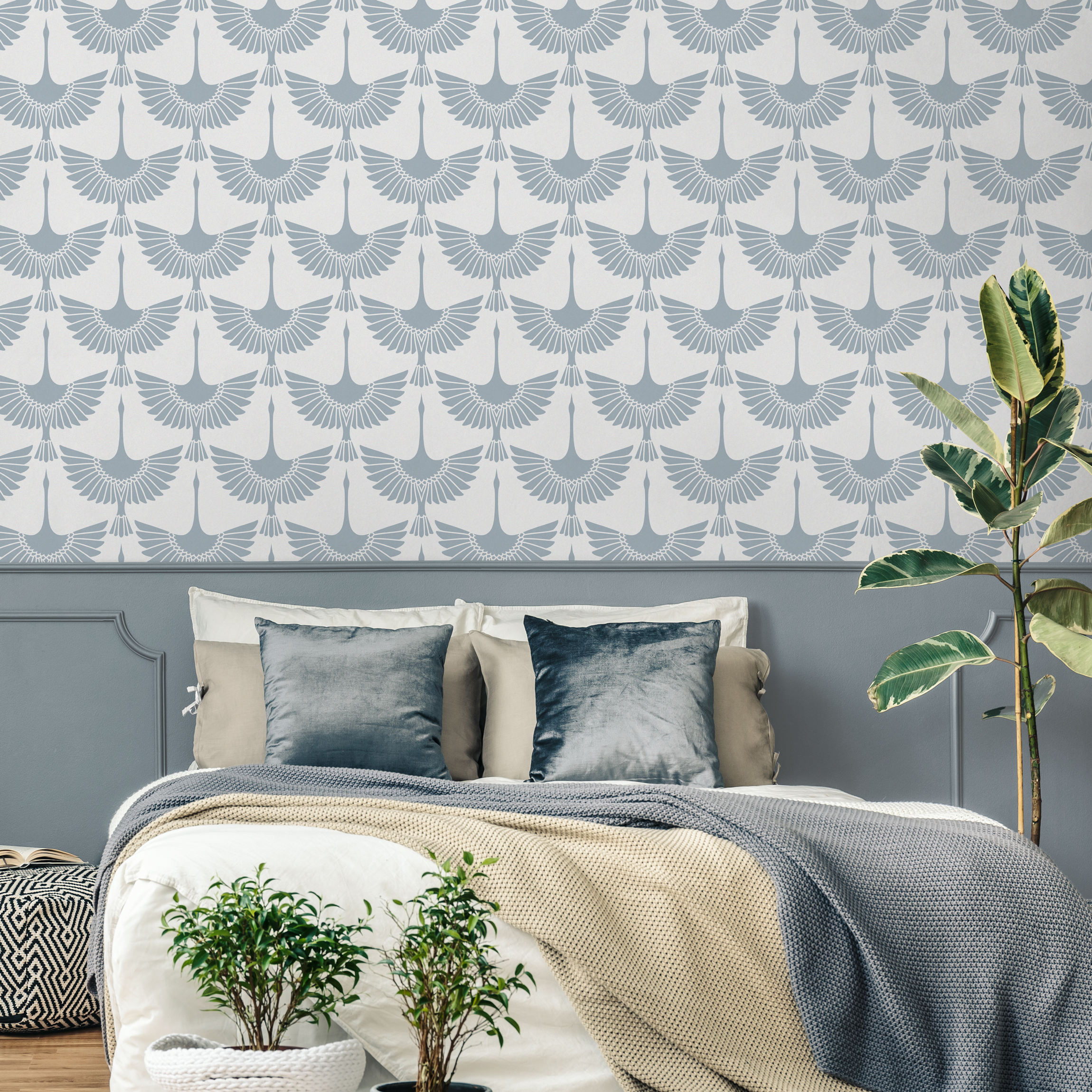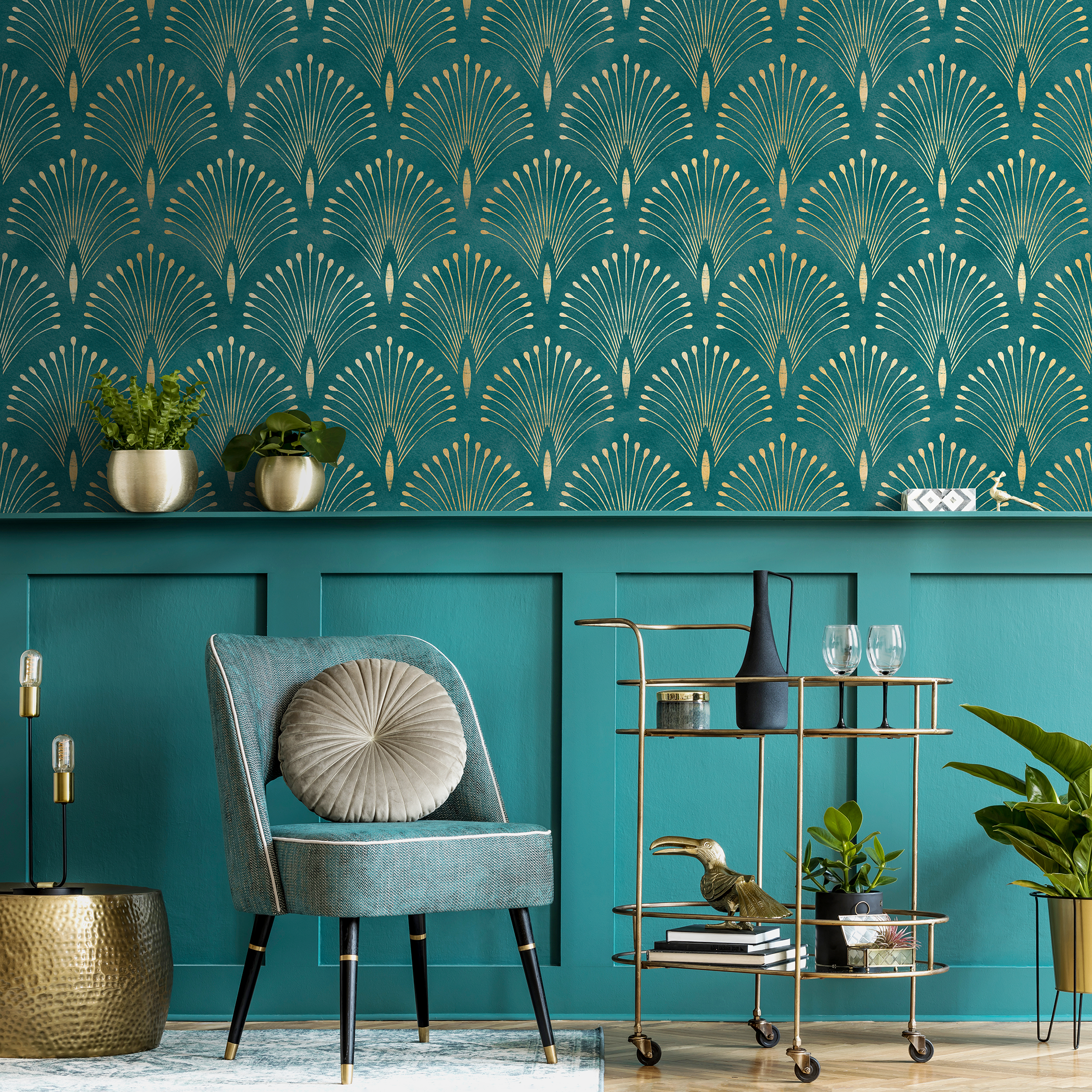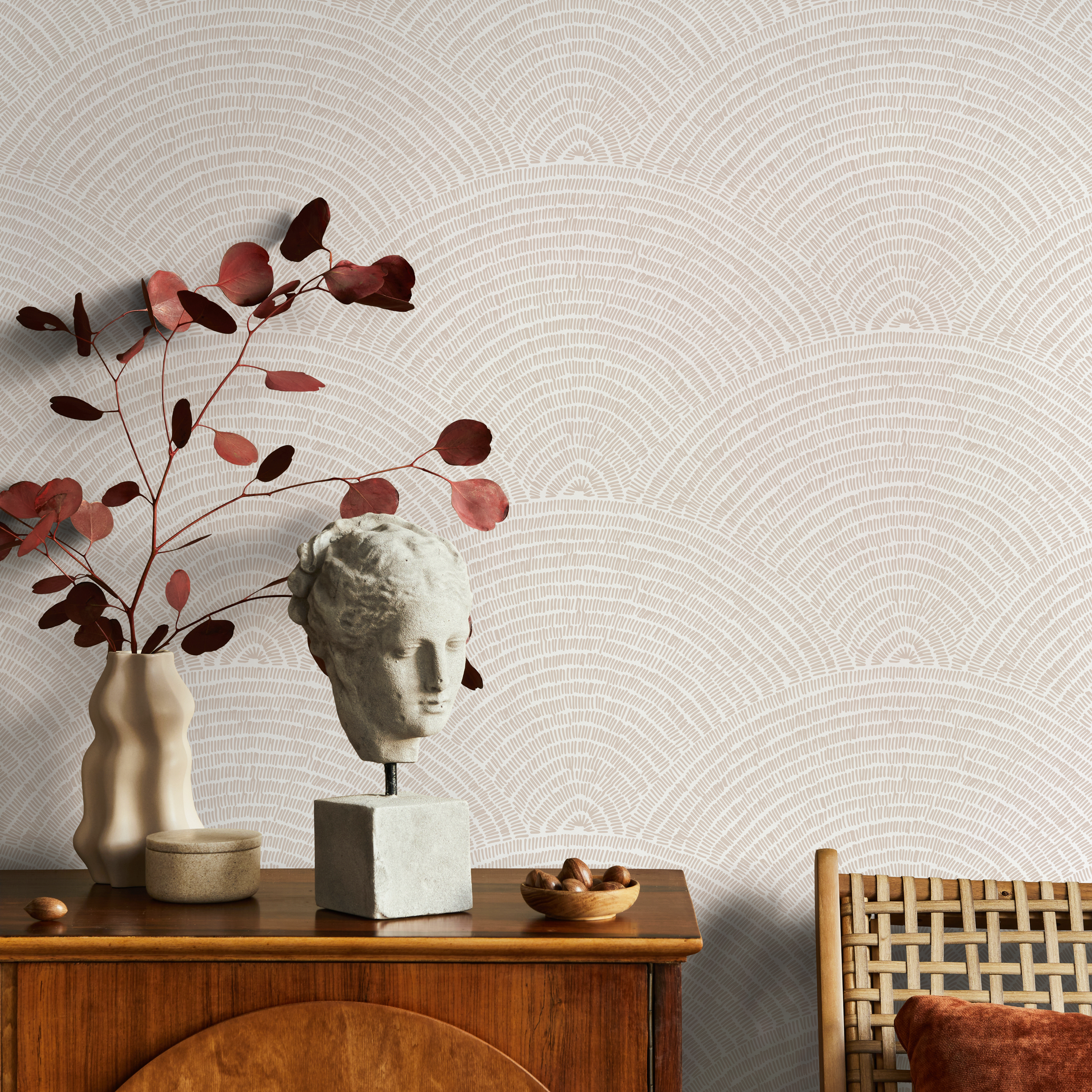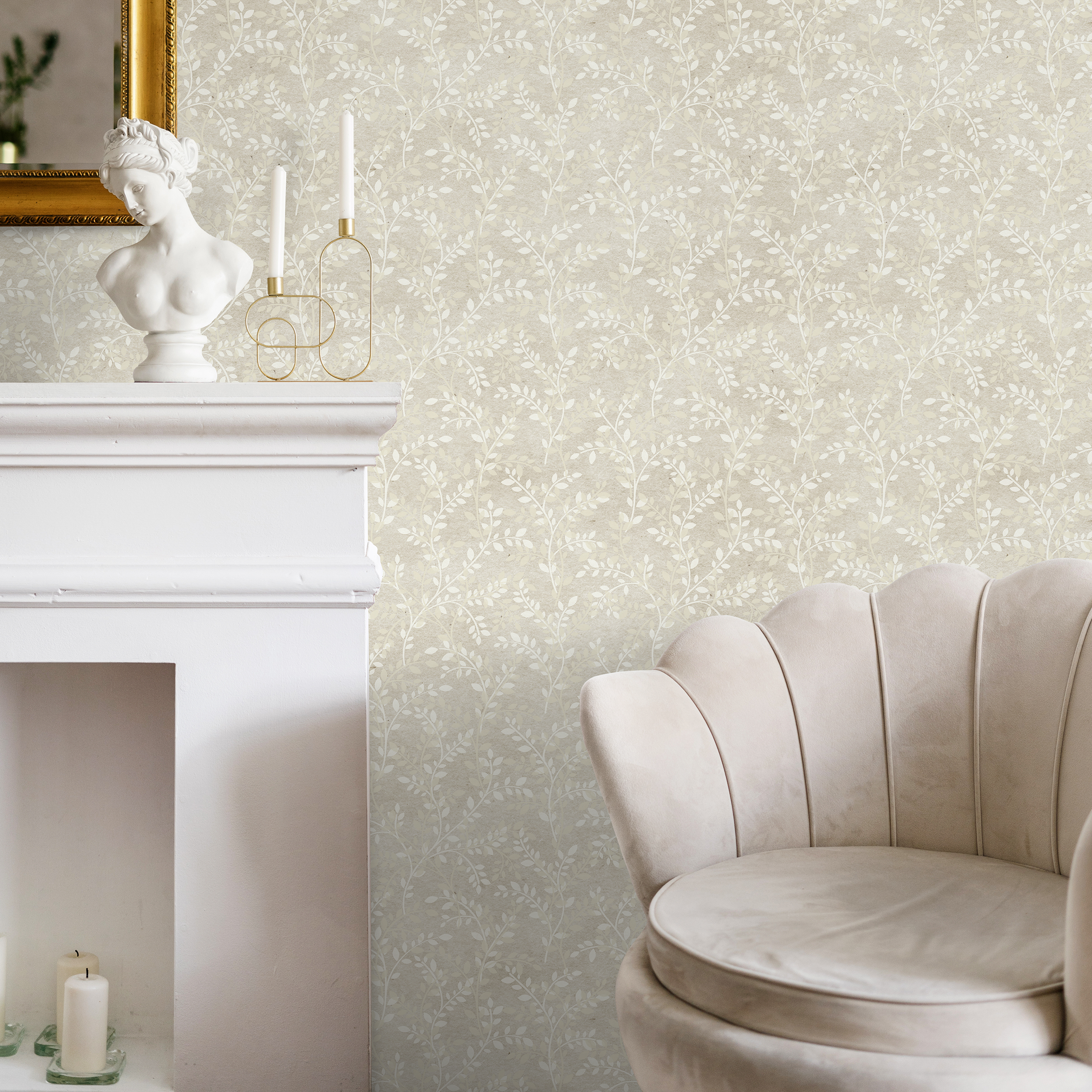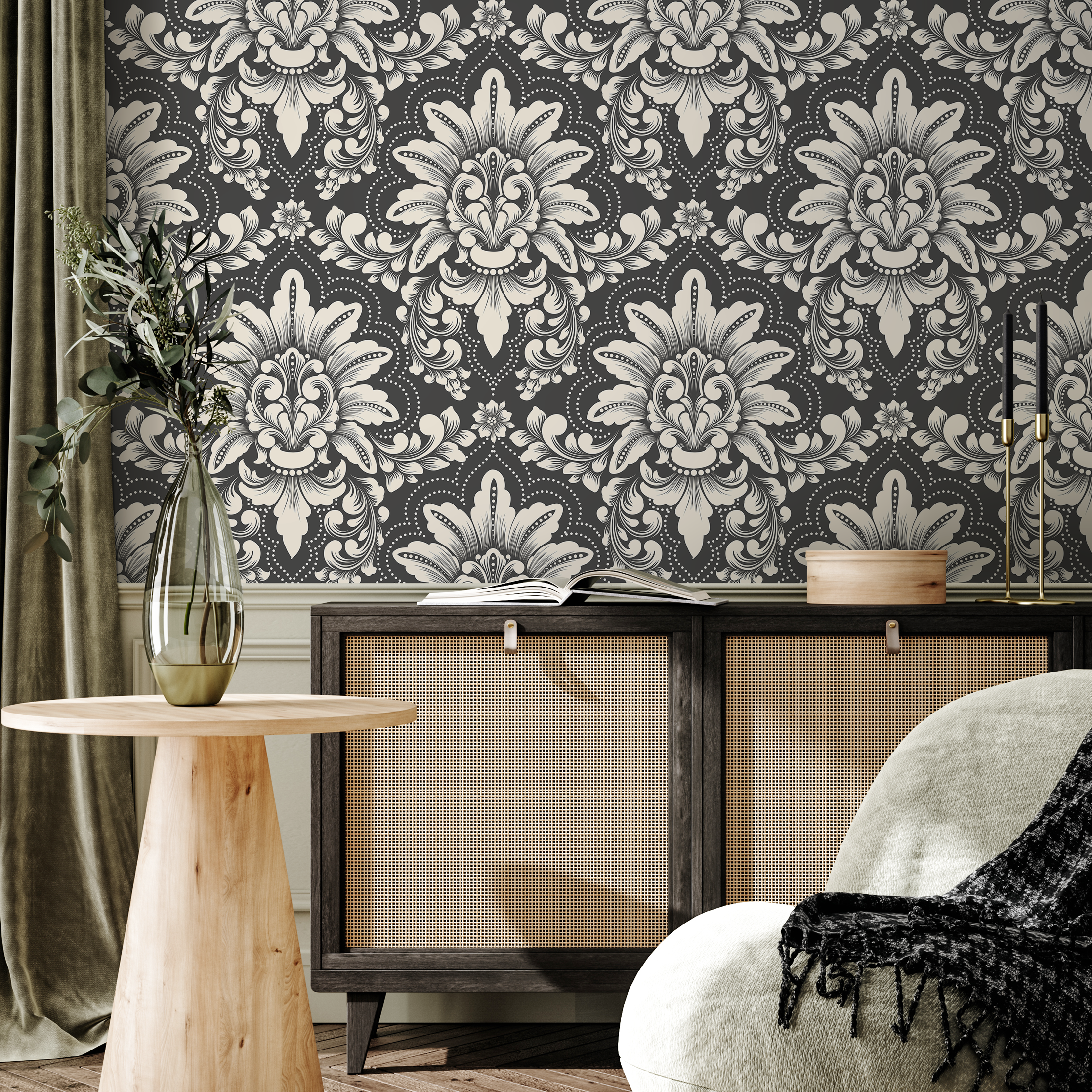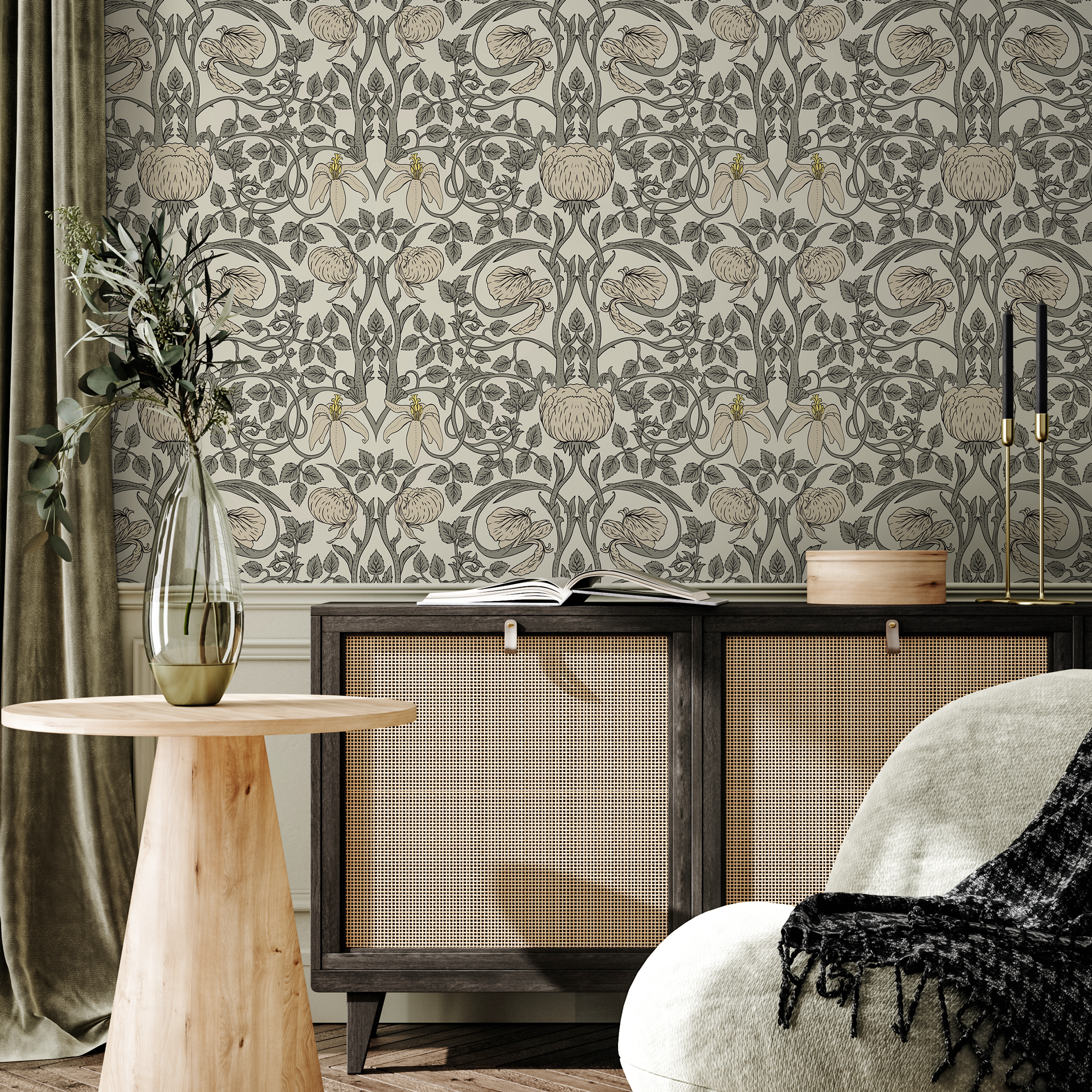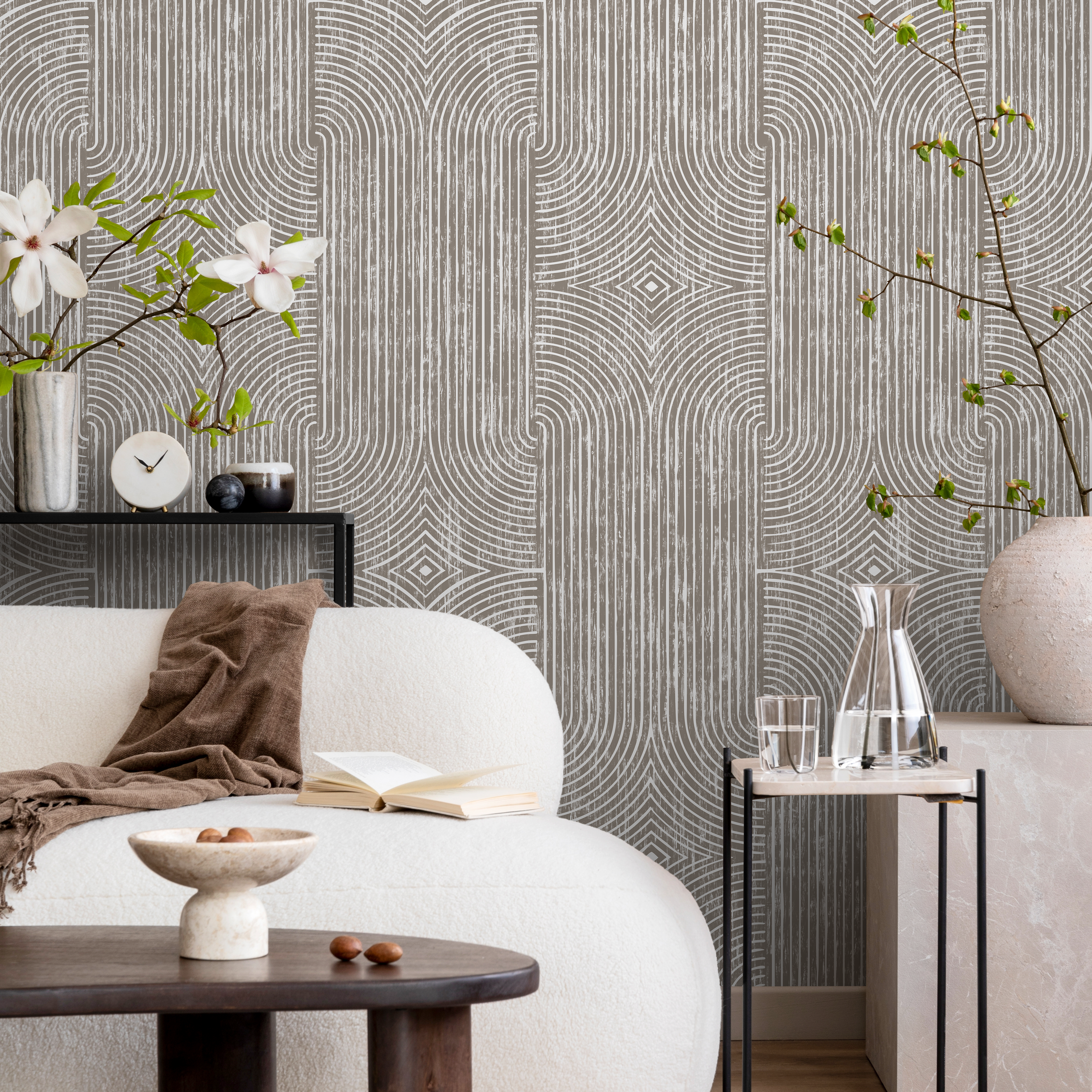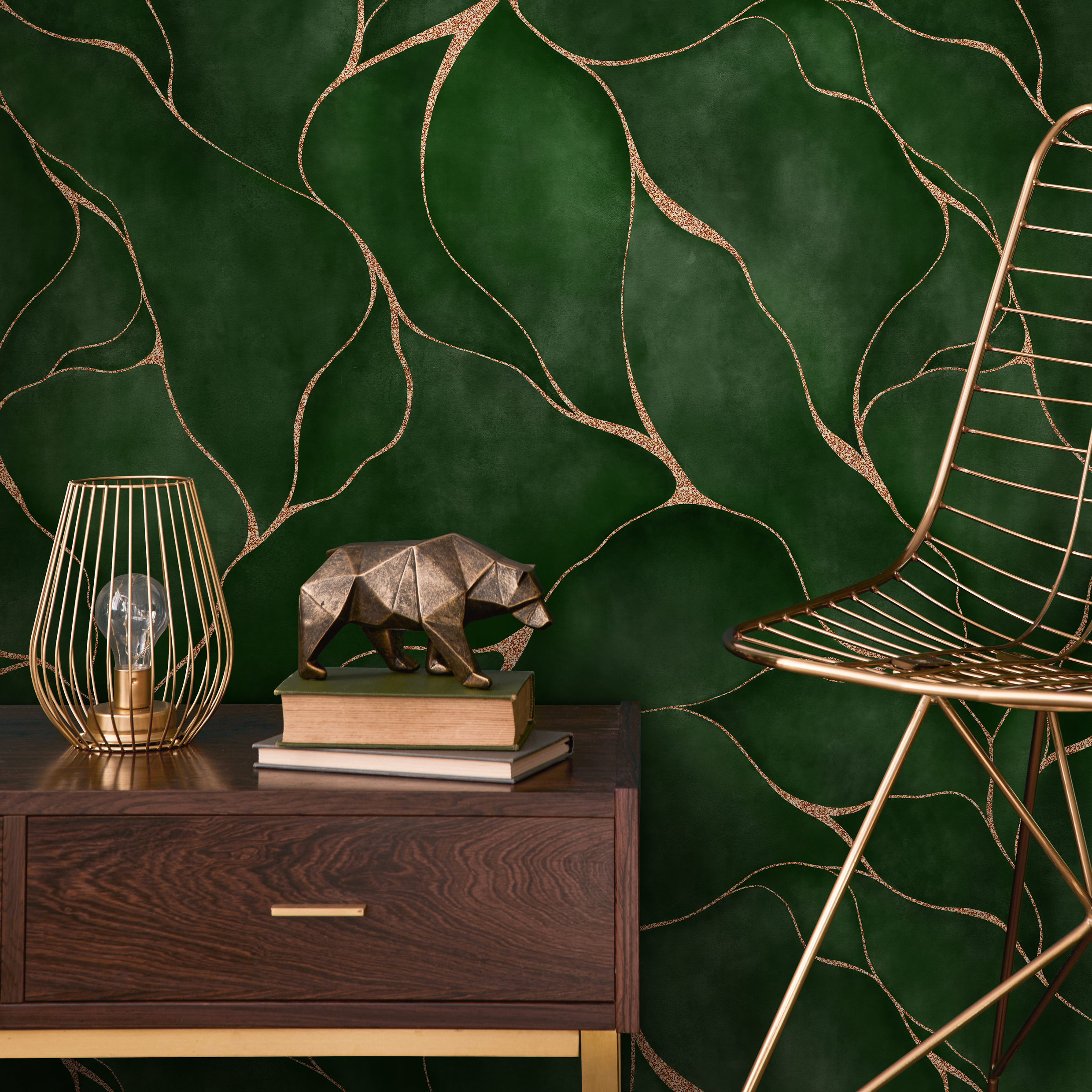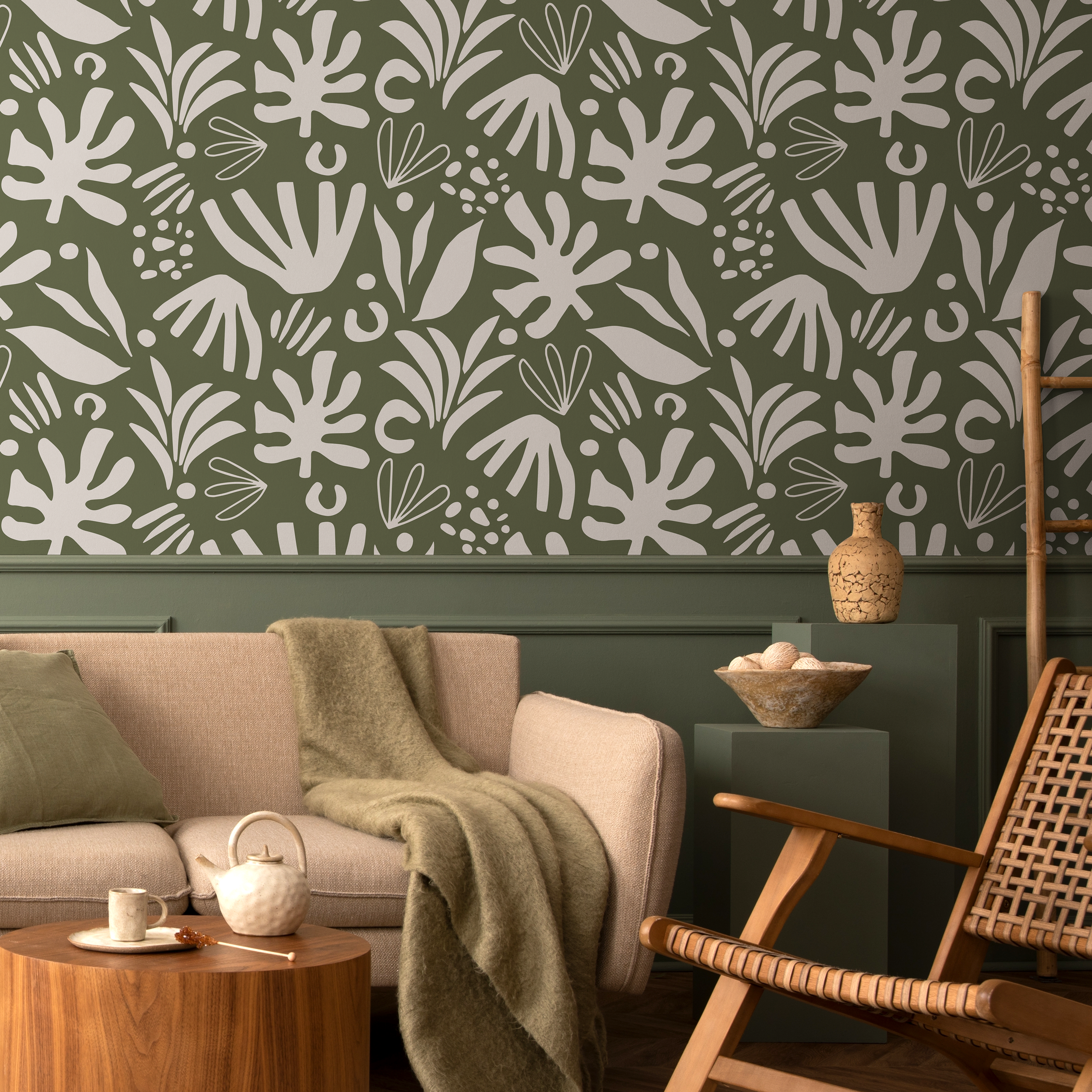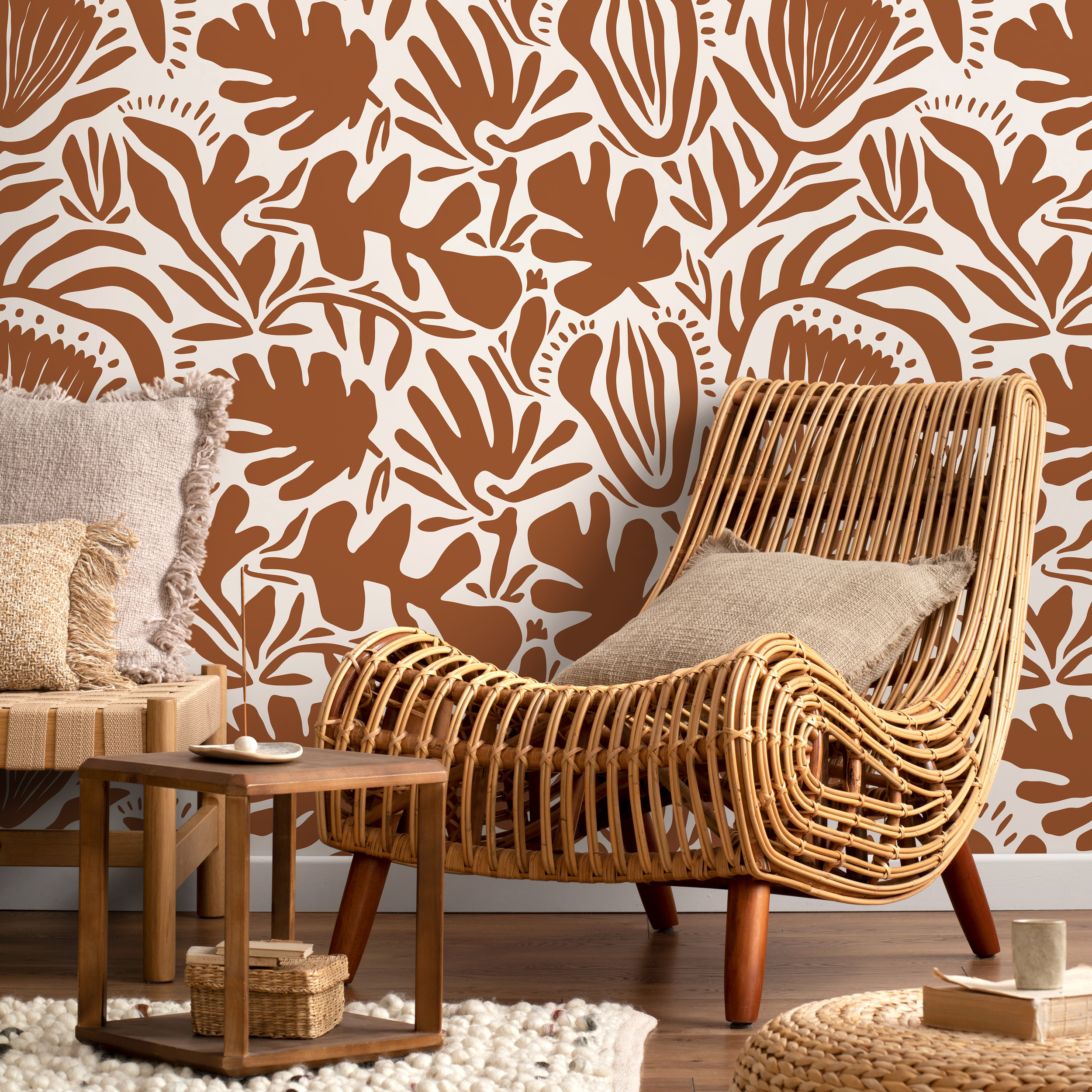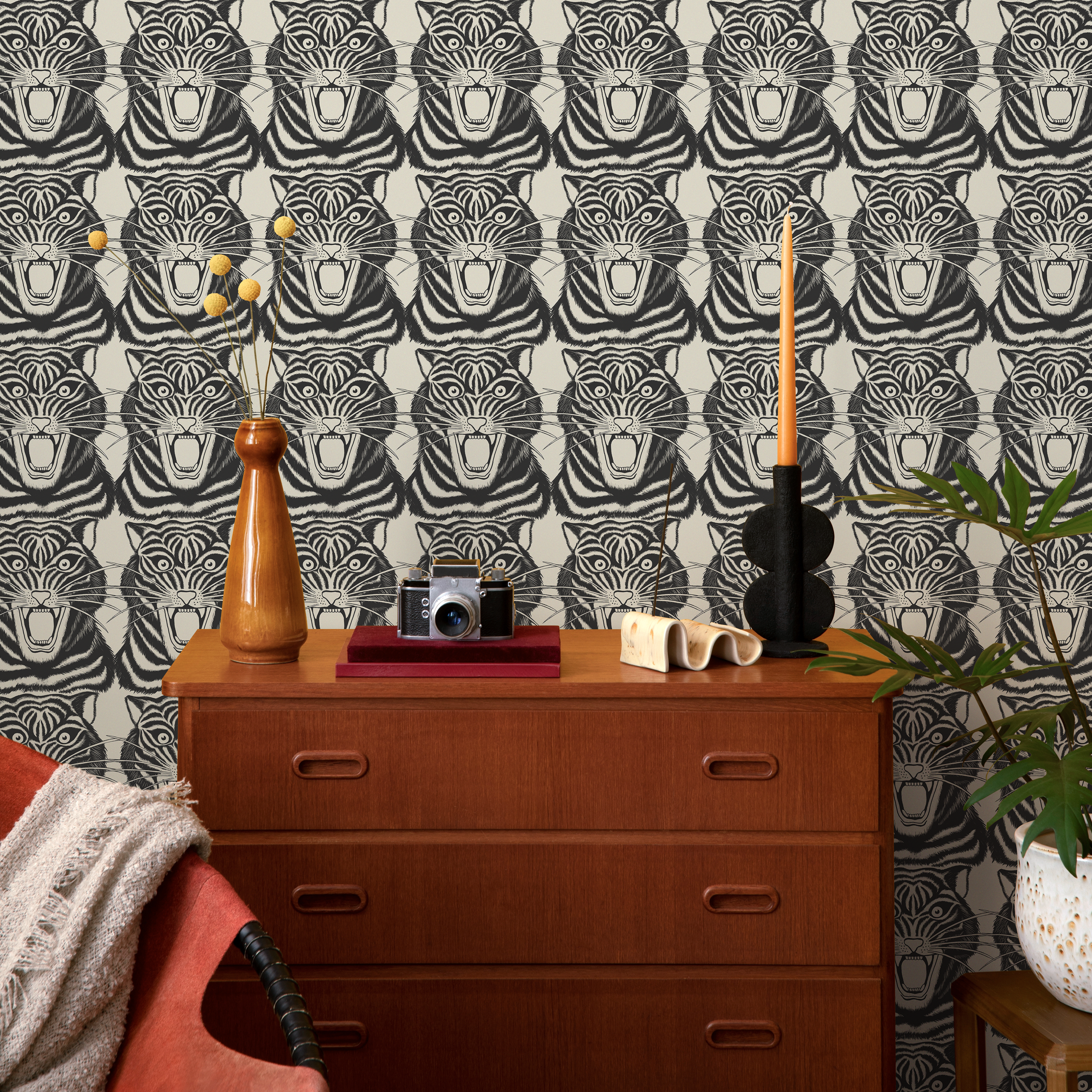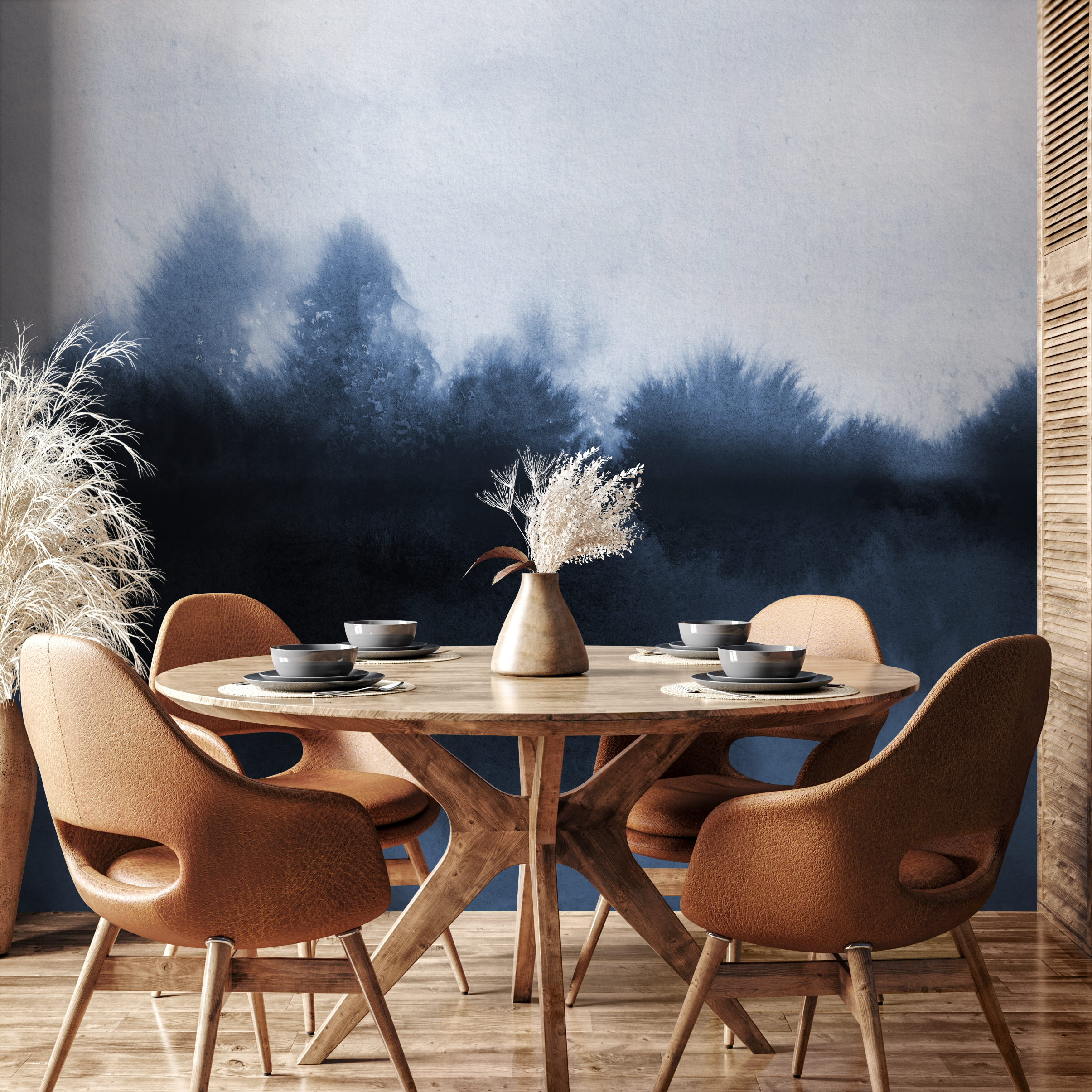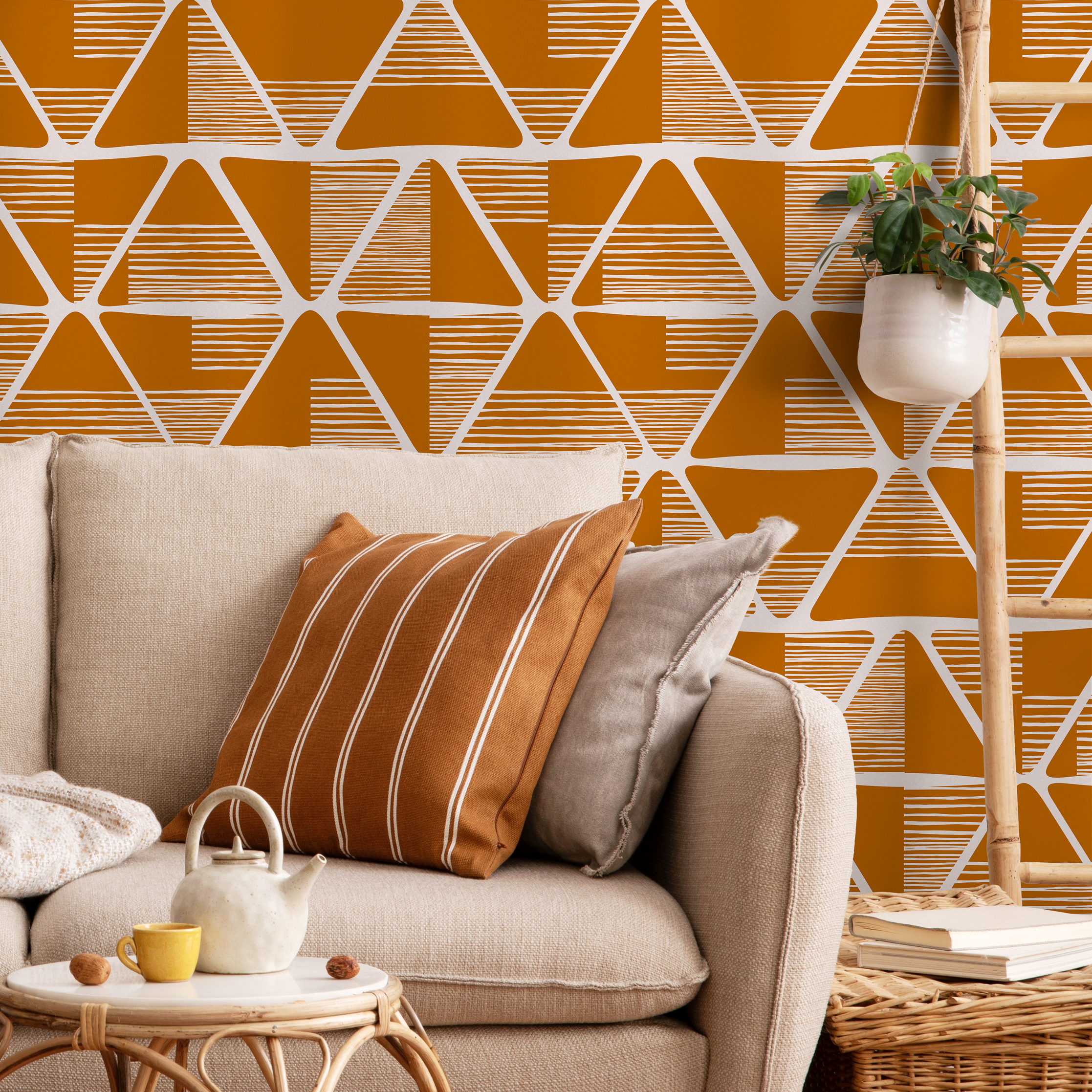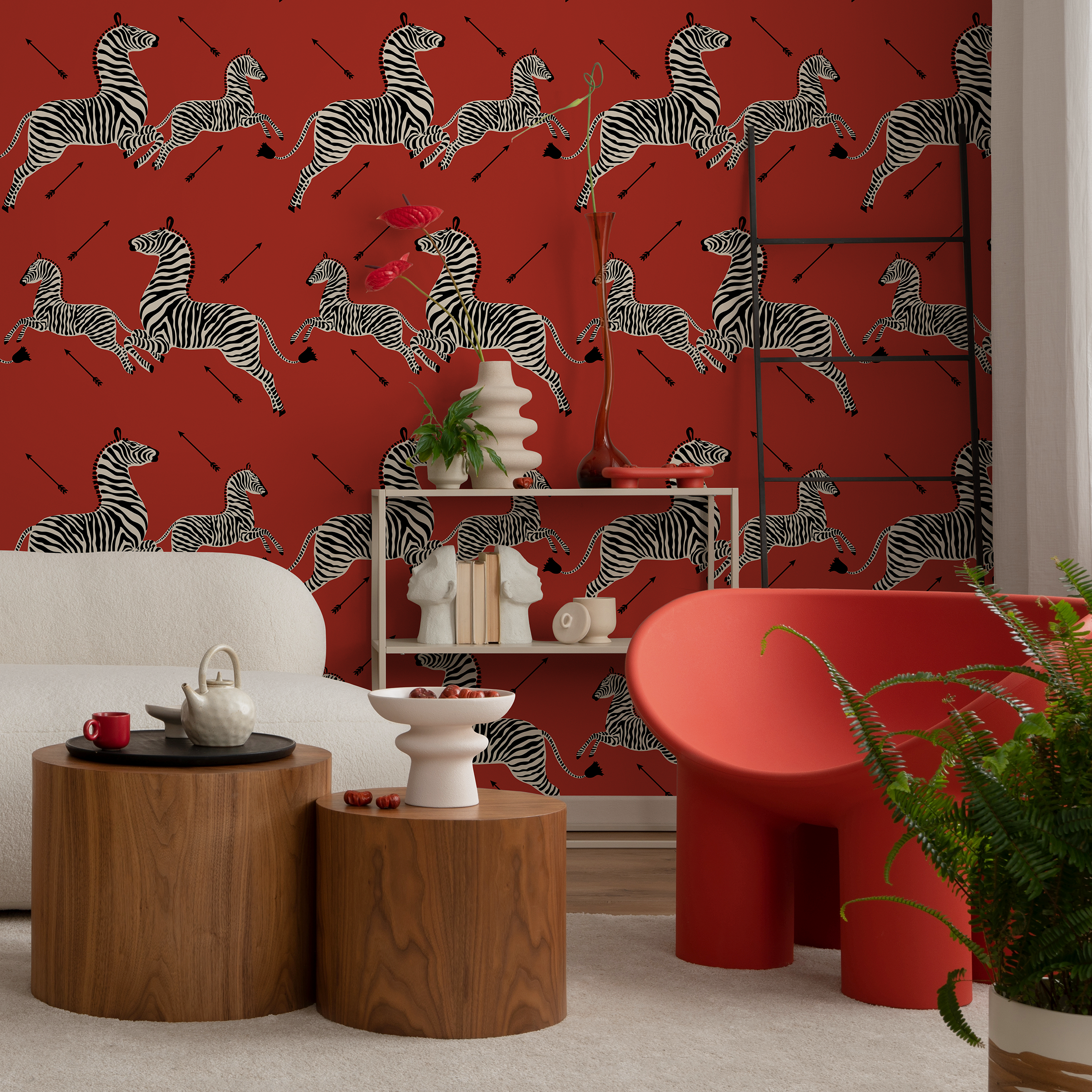Unlocking the Magic: Transforming Textured Walls with Wallpaper
Introduction: The Challenge and Possibility of Wallpapering Textured Walls
As a homeowner, you want your home to be a reflection of your style and personality. One common dilemma that many face is how to transform textured walls. Often, homeowners are left wondering, "Can you use wallpaper on a textured wall?" The answer is a resounding yes! Wallpapering textured walls might seem like a daunting task, but it's quite possible with the right preparation, materials, and techniques.
Textured walls, while adding an interesting visual dynamic, can pose challenges when it comes to wallpapering. The texture can make application tricky and may affect the final aesthetic appeal of the wallpaper. However, with the right approach and a bit of patience, you can turn your textured walls from a design challenge into a unique design feature. This article will guide you through understanding wall textures, preparing your wall, choosing the right wallpaper, and applying it correctly.
Whether you're dealing with popcorn, orange peel, or other types of textured walls, this comprehensive guide will help you unlock the magic of transforming your textured walls with wallpaper.
In the following sections, we'll dive into the different types of wall textures, the importance of skim coating your textured wall before wallpapering, and tips on selecting the best wallpaper for your wall's texture. We'll also provide a step-by-step guide on how to apply wallpaper on a textured wall, and how to care for your newly wallpapered textured wall. This guide will serve as your roadmap to enhancing your living spaces with stylish and high-quality wallpapers from ONDECOR LLC.
Understanding Wall Textures: From Popcorn to Orange Peel
Before diving into the world of wallpapers, it's crucial to understand the canvas you're working with – your wall. The texture of your wall can significantly influence the application process and the final look of your wallpaper. Here are some common wall textures you might come across:
-
Popcorn Wall Texture: Also known as "cottage cheese" texture, this type of wall texture was popular in the early 1960s. The surface features bumps with high peaks and low valleys, making it tricky to paint or cover due to its rough appearance. While it can hide wall imperfections effectively, it may pose challenges when applying wallpaper.
-
Orange Peel Wall Texture: Mimicking the texture of an orange peel, this "splattered" wall type is relatively smooth despite its dimpled surface. It's rougher than a flat wall but smoother than a popcorn wall. The subtle texture could potentially show through the wallpaper, slightly affecting the overall aesthetics.
-
Knockdown Wall Texture: This texture is similar to the orange peel but takes a step further by flattening any peaks and bumps. The result is a more naturalistic and less textured appearance, making it a bit easier to apply wallpaper on.
-
Skip Trowel Wall Texture: Applied with a special curved knife, this distressed and uneven texture resembles the knockdown texture. The irregular surface may affect the appearance of wallpaper, particularly those with simple and flat designs.
-
Swirl Wall Texture: Characterized by swirled patterns of half circles, this texture is common on ceilings but can also appear on walls. The distinct texture may add a layer of complexity when applying wallpapers.
Knowing your wall texture is the first step towards a successful wallpaper application. The next steps involve preparing your textured wall and choosing the right wallpaper that suits your wall's texture. Stay tuned for the upcoming sections where we'll guide you through these processes.
Preparing Your Textured Wall for Wallpaper: The Importance of Skim Coating
Are you ready to unlock the magic of wallpapers on your textured walls? Brace yourself for this transformative journey that begins with the pivotal step of skim coating. A textured wall might have personality, but when it comes to applying wallpaper, a smooth surface is your best friend.
Skim coating is a technique where a thin layer of joint compound, also known as mud, is applied to even out the wall texture. This is the recommended way to prepare textured walls for wallpaper. While removing the texture is another option, it can be messy, laborious, and may not completely eliminate the texture. Skim coating, on the other hand, is a relatively straightforward process that ensures your wallpaper has a smooth surface to adhere to, reducing the risk of bubbles, peeling, or uneven patterns.
You might be wondering, why all this fuss about skim coating? Well, textured walls and wallpapers are not the best of friends. The texture on the walls can interfere with the wallpaper's ability to bond properly. This is particularly true for peel and stick wallpapers, which may fail to stick optimally over a textured surface and may even fall off.
But don't let this deter you from transforming your textured walls with wallpaper. With the right preparation, like skim coating, and the right choice of wallpaper, you can achieve stunning results.
Now, skim coating may sound daunting, especially if you're not a DIY expert. But fear not! We promise it's not as complicated as it sounds. In the following section, we'll guide you through this process step-by-step. With some patience and the right tools, you'll be ready to give your walls a makeover they deserve.
Remember, a little preparation goes a long way. By taking the time to skim coat your textured walls, you'll ensure your wallpaper application is smooth, durable, and most importantly, stunning. So let's roll up our sleeves and start preparing your wall for its wallpaper transformation.

Choosing the Right Wallpaper for Your Textured Wall
Unlocking the magic of your textured walls starts with choosing the right wallpaper. This is a crucial step in your wall transformation journey because not all wallpapers are created equal, especially when it comes to textured walls. The type of wallpaper you choose can make a massive difference in how well it adheres to your wall and covers the texture. Let's dive into the world of wallpapers and find out what works best for textured walls.
The Benefits of Non-Woven Wallpaper on Textured Walls
Non-woven wallpapers, like Graham & Brown's Innocence textured vinyl wallpaper, are an excellent choice for textured walls. This type of wallpaper is not treated with an adhesive, meaning it won't stick to the wall on its own. Instead, you'll need to apply an adhesive, such as Roman liquid wallpaper adhesive.
While this may seem like a more labor-intensive process, it typically results in a more durable and long-lasting bond with the wall. This is particularly advantageous for textured walls as it ensures the wallpaper adheres well and stays put.
Why Thicker Wallpaper and Darker Colors Work Best
When it comes to textured walls, thickness matters. Thicker wallpapers, like Graham & Brown's white geometric paper, can effectively cover the texture of the wall, resulting in a smoother finish. Dark-colored wallpapers, such as Mercury Row’s Clinton geometric wallpaper, have an added advantage. Darker colors tend to hide wall textures better than lighter ones, making them a great option for textured walls.
Exploring Textured Wallpaper Options: Grasscloth and Burlap
Looking for a more adventurous option? Consider textured wallpapers like grasscloth or burlap. These wallpapers have their own inherent textures that can help disguise the texture of your wall.
Grasscloth wallpapers, for instance, have a unique, natural texture that is perfect for creating a sophisticated, organic look. Burlap, on the other hand, has a more rustic feel, ideal for a cozy, farmhouse-style room.
Remember, there's no one-size-fits-all solution when it comes to wallpapering textured walls. It's all about finding the right balance between the type, thickness, color, and texture of the wallpaper that suits your personal style and the specific needs of your walls.
In the next section, we'll guide you through the process of applying wallpaper on a textured wall. But before we move onto that, remember to test a small patch of your chosen wallpaper on your textured wall. This will help you determine if the wallpaper adheres well and if the texture looks to your liking. After all, preparation is key to unlock the magic of transforming textured walls with wallpaper.
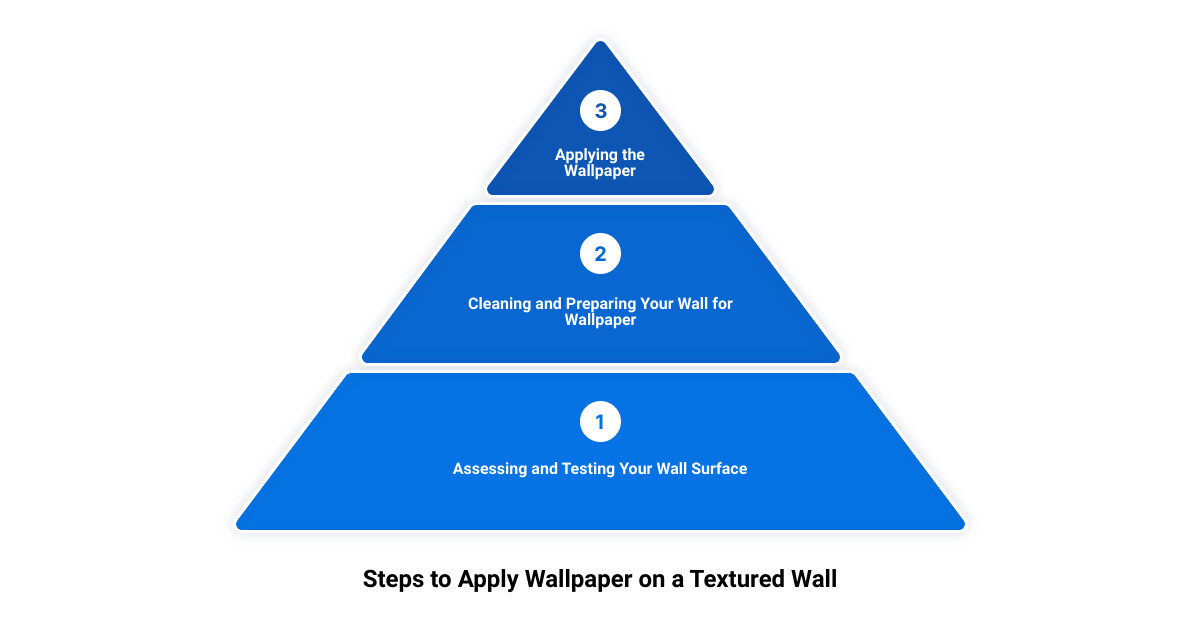
How to Apply Wallpaper on a Textured Wall: A Step-by-Step Guide
Applying wallpaper to a textured wall can feel like a daunting task, but with the right tools, instructions, and a little patience, you can transform your living space into a stunning vista. This step-by-step guide will walk you through the process.
Assessing and Testing Your Wall Surface
Before you dive into the application, it's crucial to evaluate the condition of your wall. Check the surface for any cracks, chips, or rough patches. If you notice any defects, it's better to fix them before you start applying the wallpaper.
Once you're confident about the wall's condition, take a small patch of your chosen wallpaper and apply it to the wall. This test will help you determine if the wallpaper adheres well and if the texture looks appealing to you. Remember, it's always better to be safe than sorry!
Cleaning and Preparing Your Wall for Wallpaper
Start by cleaning your wall thoroughly. Dirt, grease, and other residues can prevent the wallpaper from properly adhering to the wall. A soft cloth or sponge with a mild detergent should do the trick. Rinse with clean water and let the wall dry completely.
Next, prepare your wall for the wallpaper. If your wall is heavily textured, a skim coat might be necessary to ensure a smooth application. Skim coating involves applying a thin layer of drywall compound to the wall to smooth out the texture. Allow the skim coat to dry completely before proceeding.
Applying the Wallpaper: Tips and Techniques
Now, onto the thrilling part: applying the wallpaper! Start by applying a good quality wallpaper paste to the wall using a brush. The paste should be applied evenly to avoid lumps and bumps. If you're using a non-pasted wallpaper, make sure to apply the paste to the back of the wallpaper instead.
Then, start applying the wallpaper from the top of the wall, smoothing it out as you go. Make sure to align the wallpaper correctly and press it firmly against the wall to ensure a good bond. Use a wallpaper smoother or a dry sponge to remove any air bubbles that may form.
Trim the excess wallpaper at the top and bottom using a sharp utility knife. Repeat the process with the next strip, making sure to align the pattern correctly.
Remember, patience is key when applying wallpaper to a textured wall. Take your time, and don't rush the process. With a little perseverance, you'll have a beautifully wallpapered wall that adds depth and character to your space.
Applying wallpaper on a textured wall may seem like a complex task, but with these steps, you can easily transform your home's aesthetic. So, roll up your sleeves, and let's start unlocking the magic of wallpaper on textured walls!
Caring for Your Wallpapered Textured Wall: Maintenance and Humidity Considerations
After going through the effort to apply wallpaper to your textured wall, you'll want to ensure it lasts for years to come. The good news? Taking care of your newly wallpapered wall is not as daunting as you might think. With a few smart strategies and preventative measures, you can maintain the vibrancy and integrity of your wallpaper, even in high-humidity environments.
Humidity: The Silent Threat to Wallpaper
One of the main challenges that homeowners face when maintaining wallpaper on textured walls is dealing with humidity. High humidity levels can potentially create an environment for mold and fungus growth, especially in rooms like the bathroom or laundry room. This could be particularly problematic with textured walls, as little craters in the texture might allow moisture to build up.
You can tackle this issue head-on by using a mold and mildew inhibiting paste during installation. This kind of paste is specially formulated to prevent the growth of mold and mildew, protecting your wallpaper from potential damage. However, keep in mind that this is more important for areas with high moisture levels. If you live in a dry climate, humidity-related issues might not be a major concern.
Regular Cleaning: Key to Long-lasting Wallpaper
Regular cleaning is another important aspect of wallpaper maintenance. This doesn't mean you have to scrub your walls every week, but a gentle wipe down with a damp cloth every now and then can help keep your wallpaper looking fresh and new. Remember, though, to avoid using harsh cleaning agents that could potentially damage the wallpaper.
Inspecting Your Wallpaper for Potential Issues
Beyond cleaning, it's a good idea to regularly inspect your wallpaper for any signs of peeling or damage. Pay close attention to the seams and edges, as these areas are more prone to wear and tear. Early detection of these issues can prevent further damage and prolong the life of your wallpaper.
Protecting Your Wallpaper from Direct Sunlight
Lastly, try to protect your wallpaper from direct sunlight as much as possible. Prolonged exposure to sunlight can cause your wallpaper to fade over time. If your wallpapered room gets a lot of sunlight, consider using window treatments like curtains or blinds to limit sun exposure.
In conclusion, while maintaining wallpaper on a textured wall requires a bit of effort, it's definitely manageable. It's all about taking a proactive approach to cleaning and damage prevention. With these tips, you can look forward to enjoying the beauty and sophistication of your wallpapered textured wall for many years to come.
Conclusion: Transforming Your Space with Wallpaper on Textured Walls
As we pull the curtain down on this insightful journey, the magic of wallpapering textured walls has been unlocked and laid bare before your eyes. It's clear now that the once daunting task of applying wallpaper on textured walls can indeed be accomplished with a little knowledge, patience, and the right materials. And the rewards? A visually striking and unique space that reflects your personal style and elevates your home décor.
While it's true that smooth walls offer a simpler canvas for wallpaper application, textured walls too can be adorned with stunning modern wallpaper designs. It's just a matter of understanding the nature of your wall's texture and choosing the right wallpaper to complement it. From the soothing allure of modern bathroom wallpaper to the rustic charm of modern farmhouse wallpaper, the possibilities are endless.
Remember, non-woven wallpapers, darker colors, and thicker materials often work best on textured walls, helping to mask the underlying texture and ensure a smoother finish. And don't shy away from exploring textured wallpaper options like grasscloth and burlap. They can add an extra layer of depth and tactile appeal to your room.
Applying wallpaper on textured walls is more than just a home improvement task; it's an opportunity to express your creativity and transform your space. It's about taking what was once considered a design challenge and turning it into a feature that adds character and charm to your home.
Ultimately, the key to a successful wallpapering project lies in preparation, patience, and practice. By taking the time to assess and prepare your walls, selecting the right wallpaper, and applying it meticulously, you can unlock the full potential of your textured walls.
With this newfound knowledge and confidence, you're no longer a novice navigating the complex world of wallpapering. You are now equipped to take on the task of transforming your textured walls with wallpaper. The world of ONDECOR wallpaper awaits you, ready to help you create a home that is as unique and beautiful as you are.
In conclusion, wallpapering textured walls is not a design dilemma but a chance to create a unique aesthetic. So, go ahead, roll up your sleeves, and let's unlock the magic of transforming textured walls with wallpaper. Your dream home is just a wallpaper roll away!
Share

